Sweet Briar Marsh
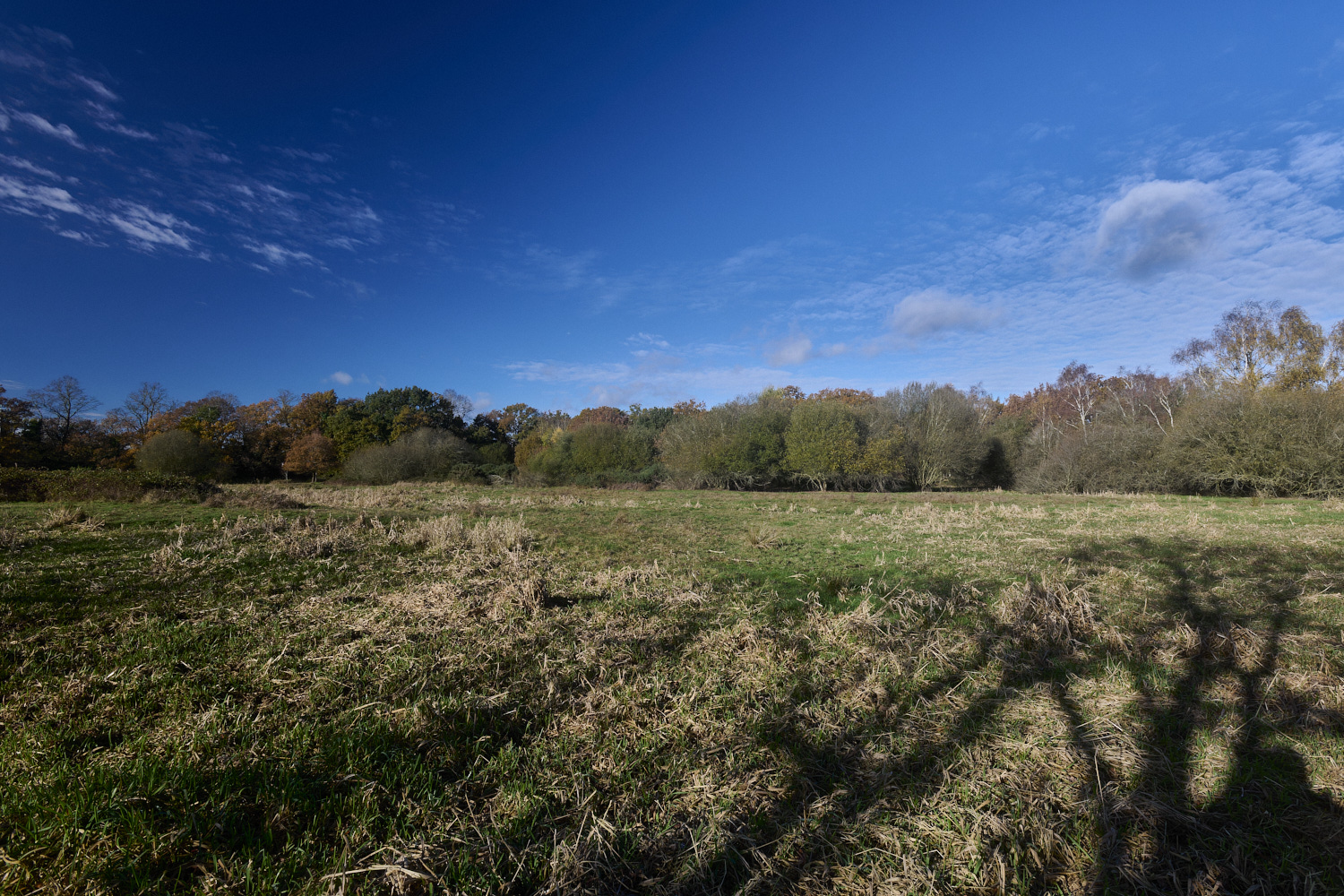
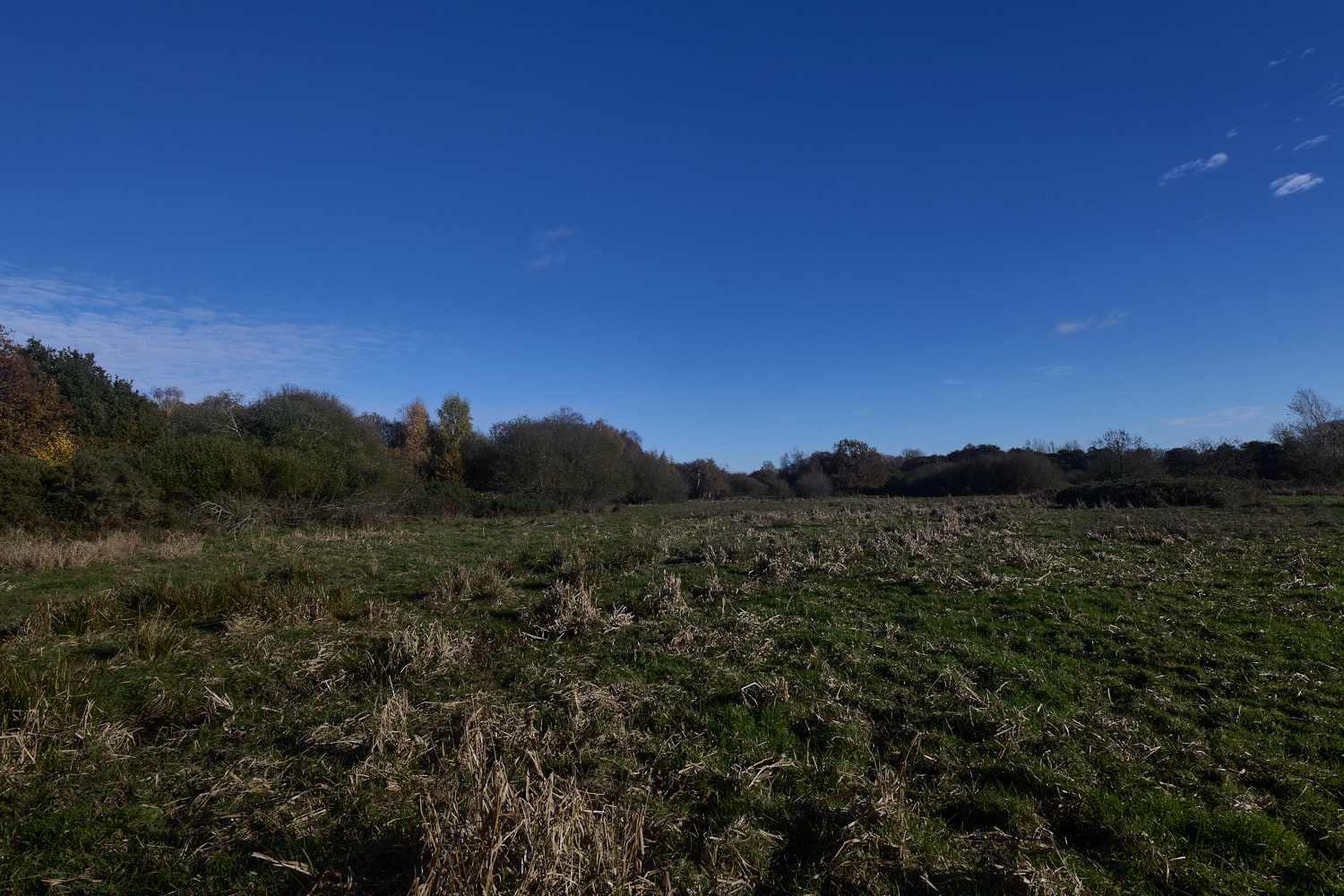
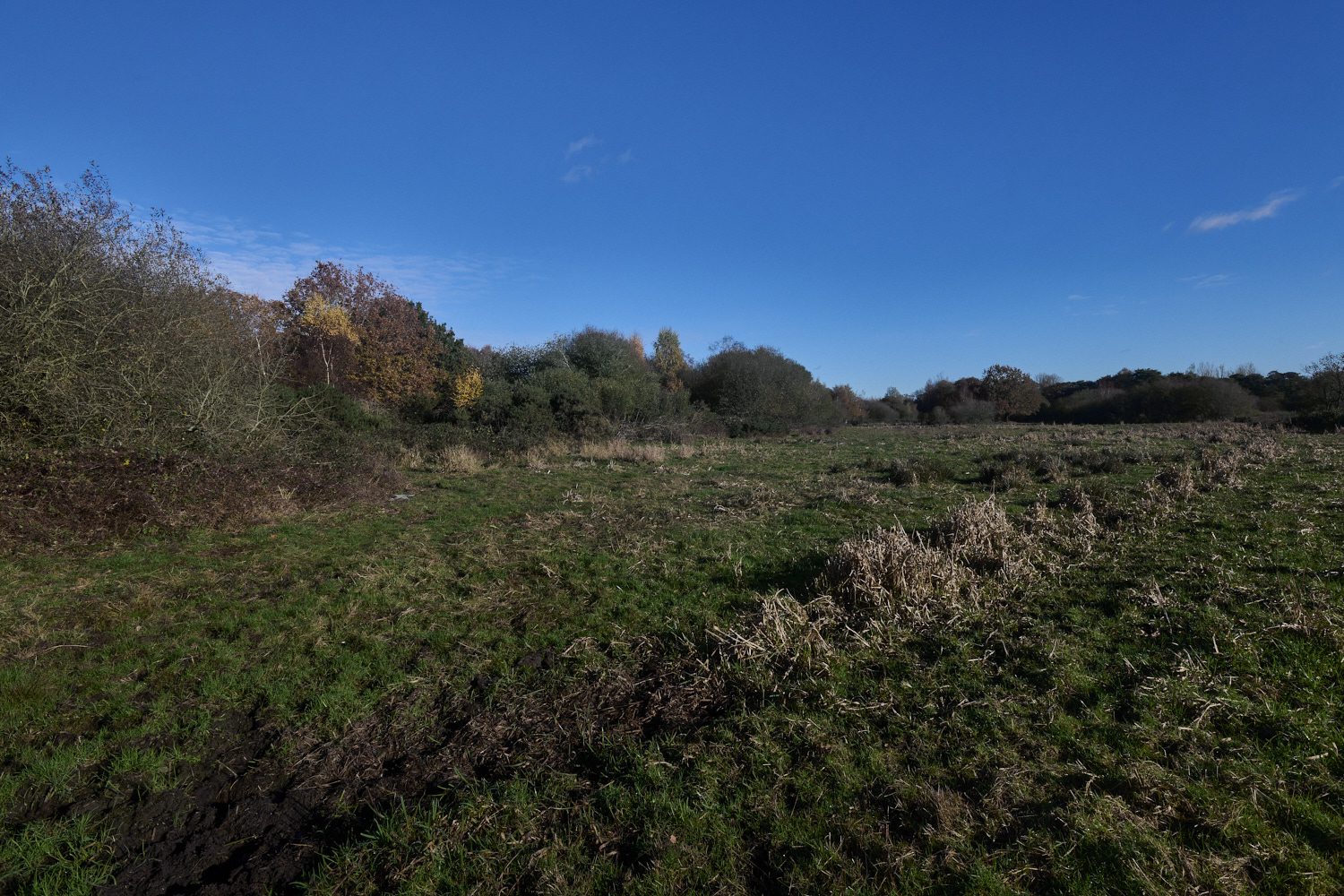

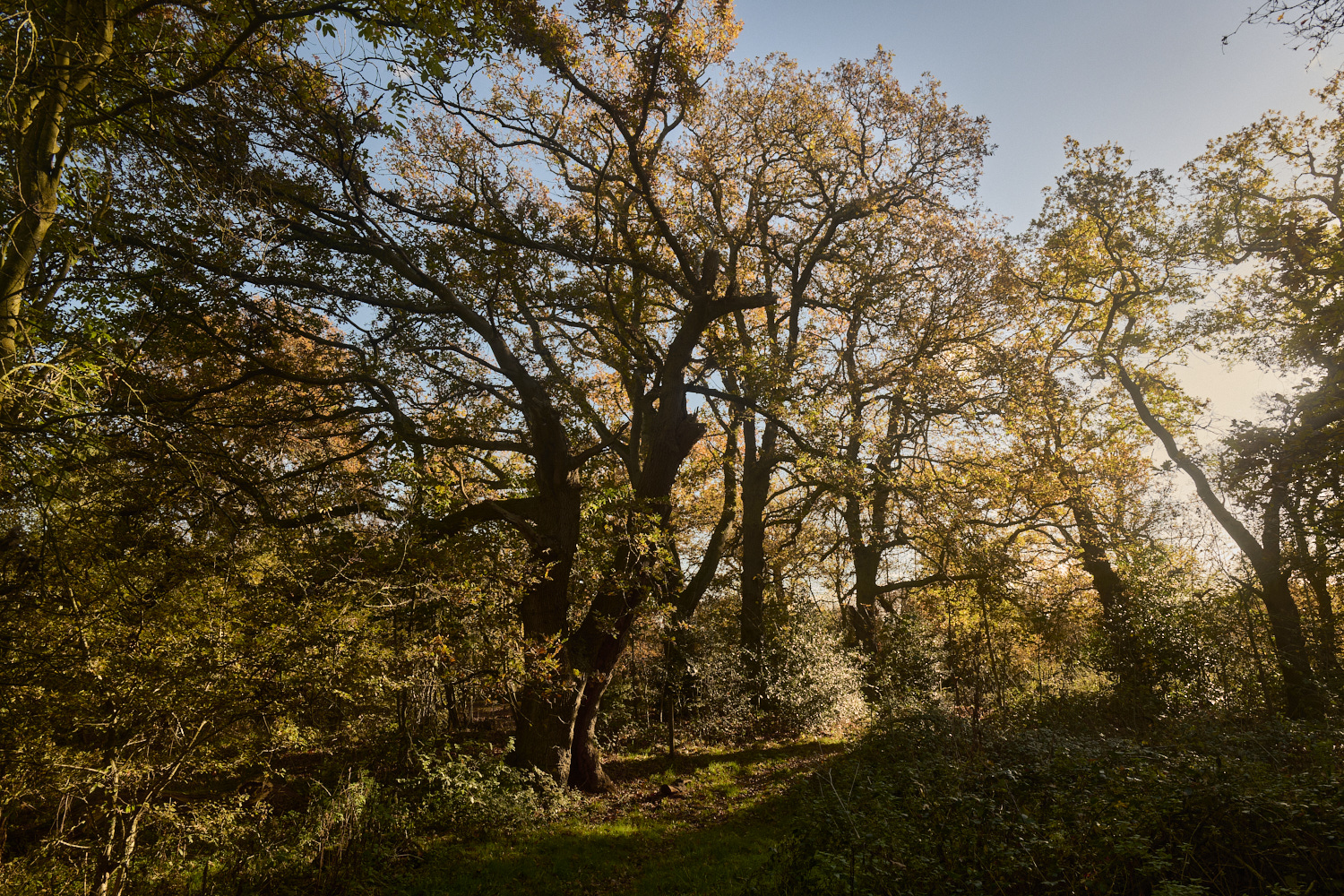
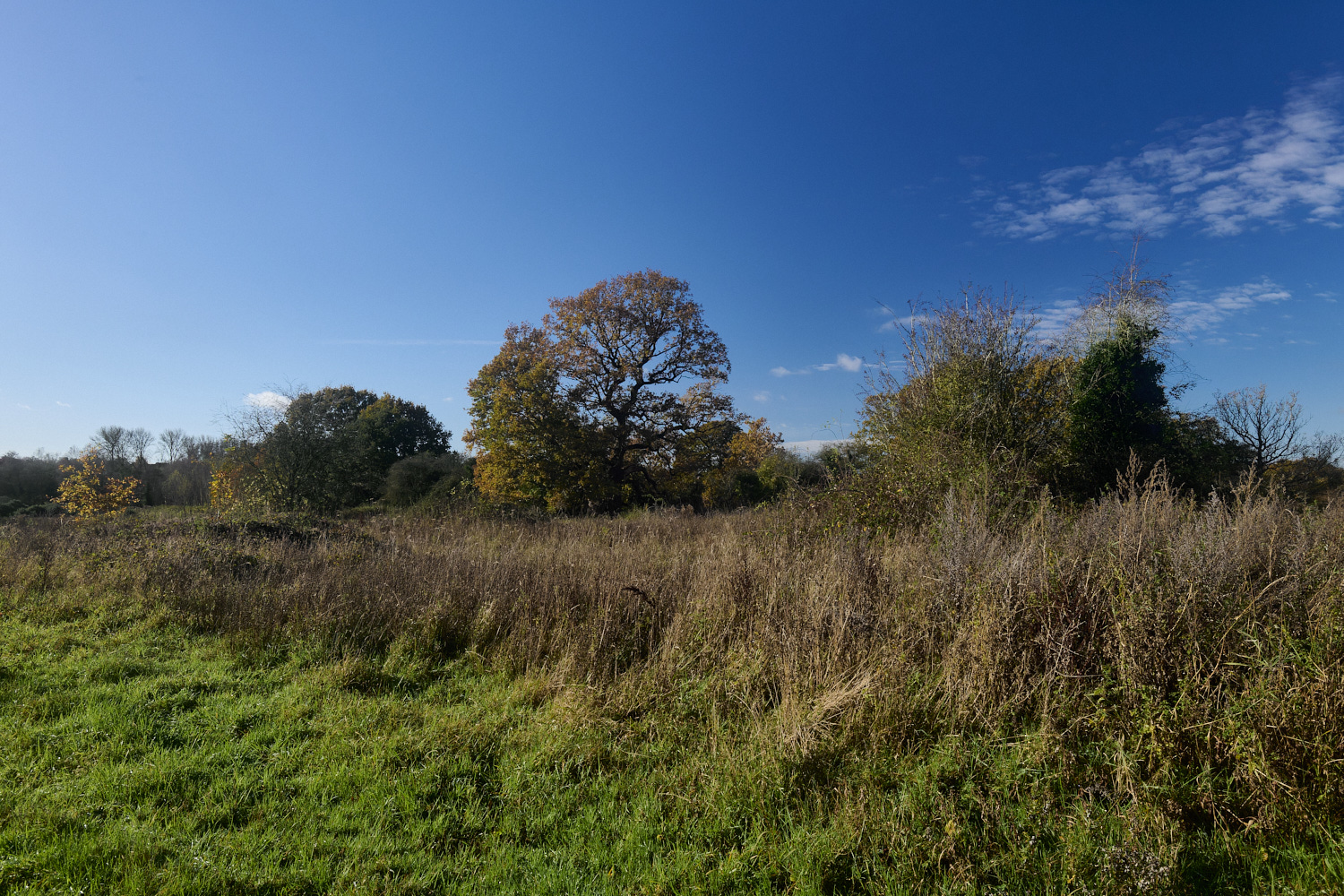
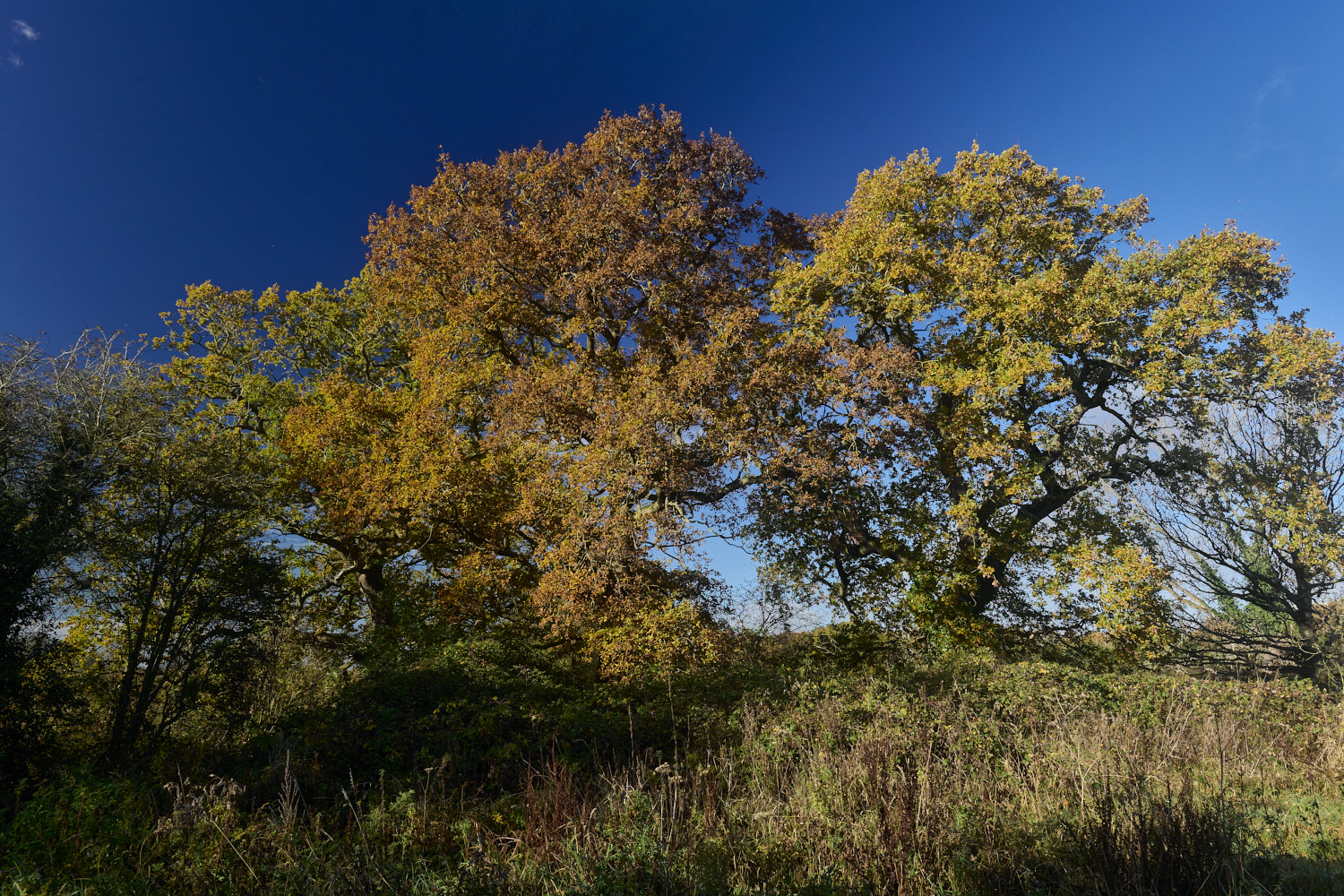
Oaks (Quercus robur) in the autumn sunshine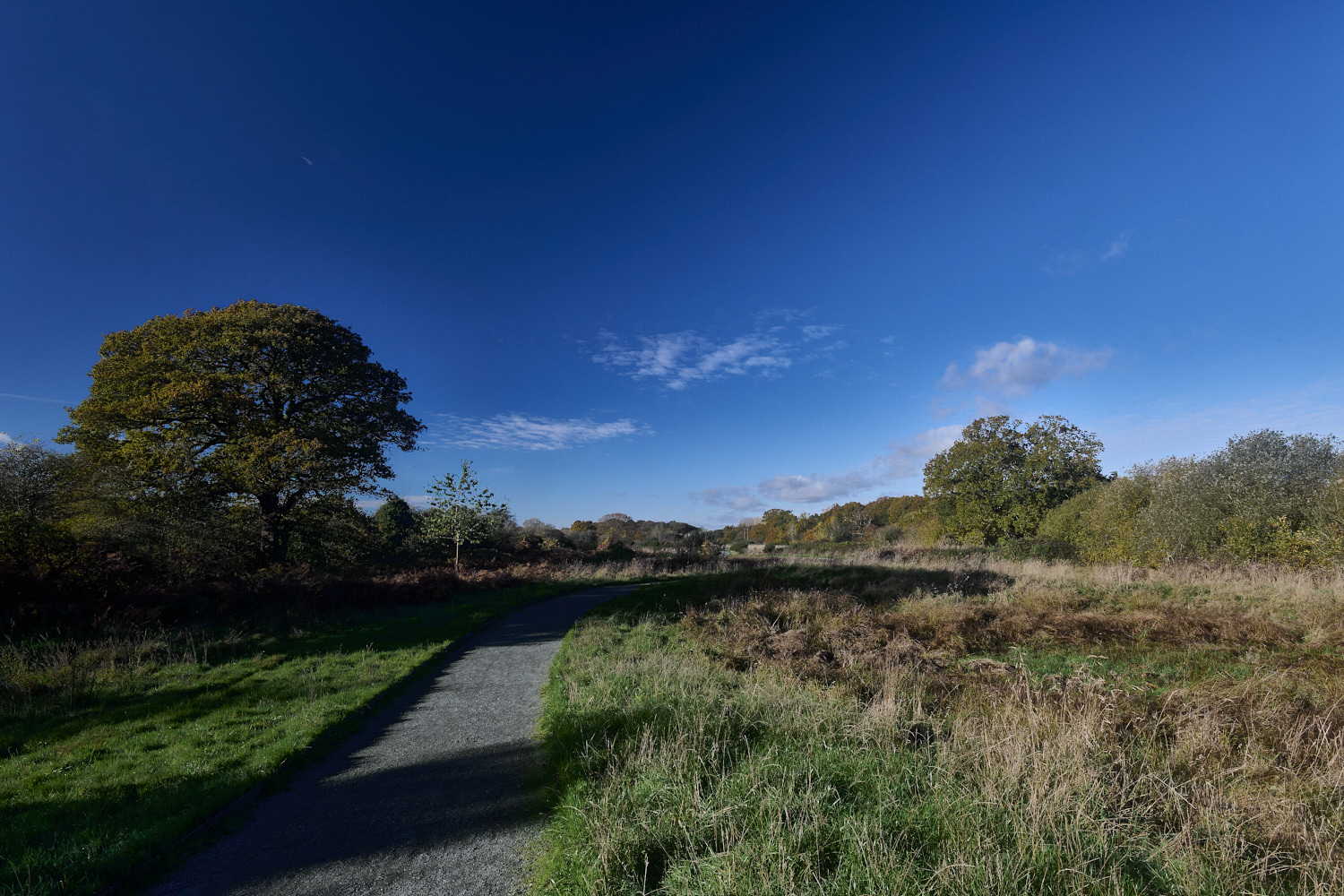
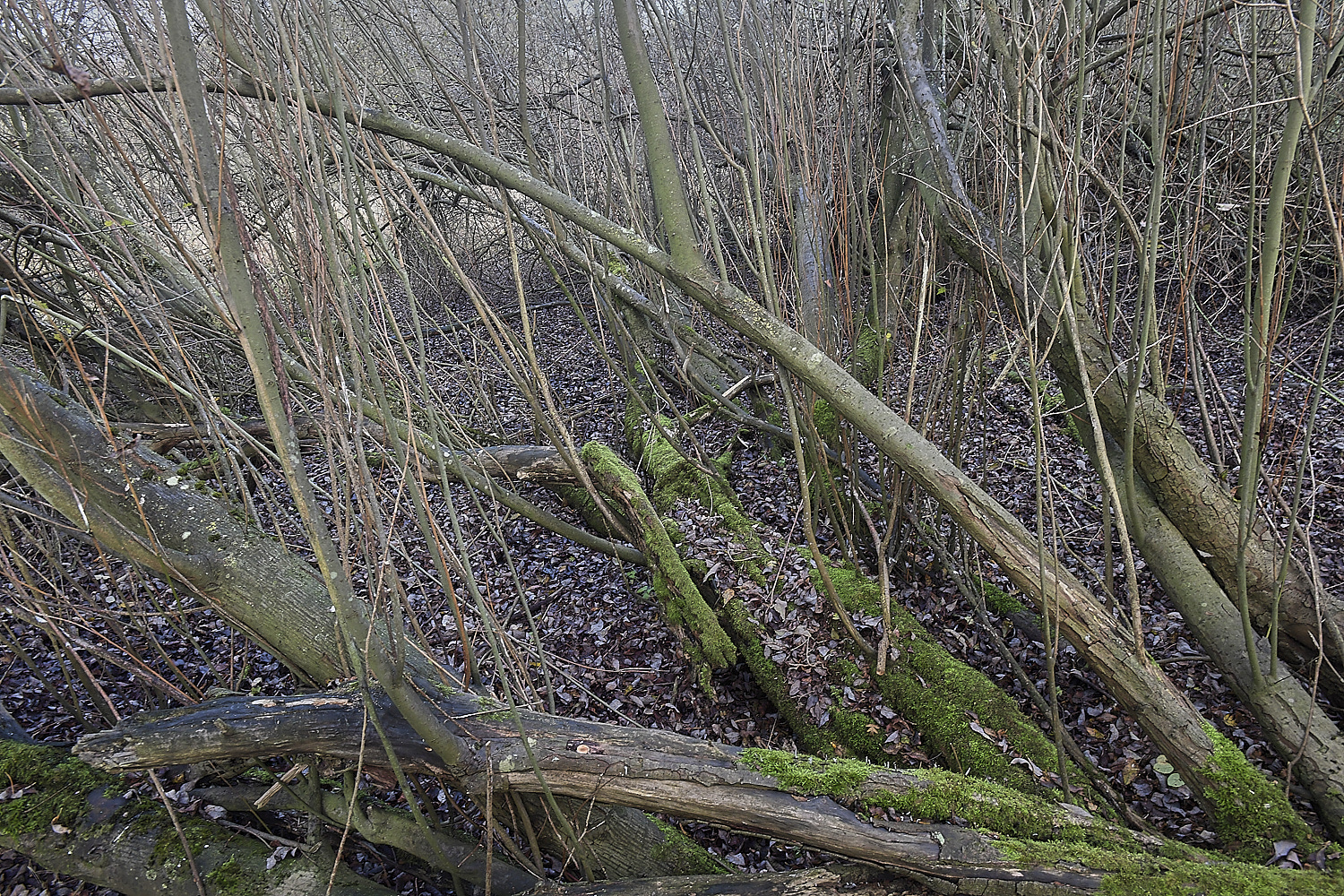
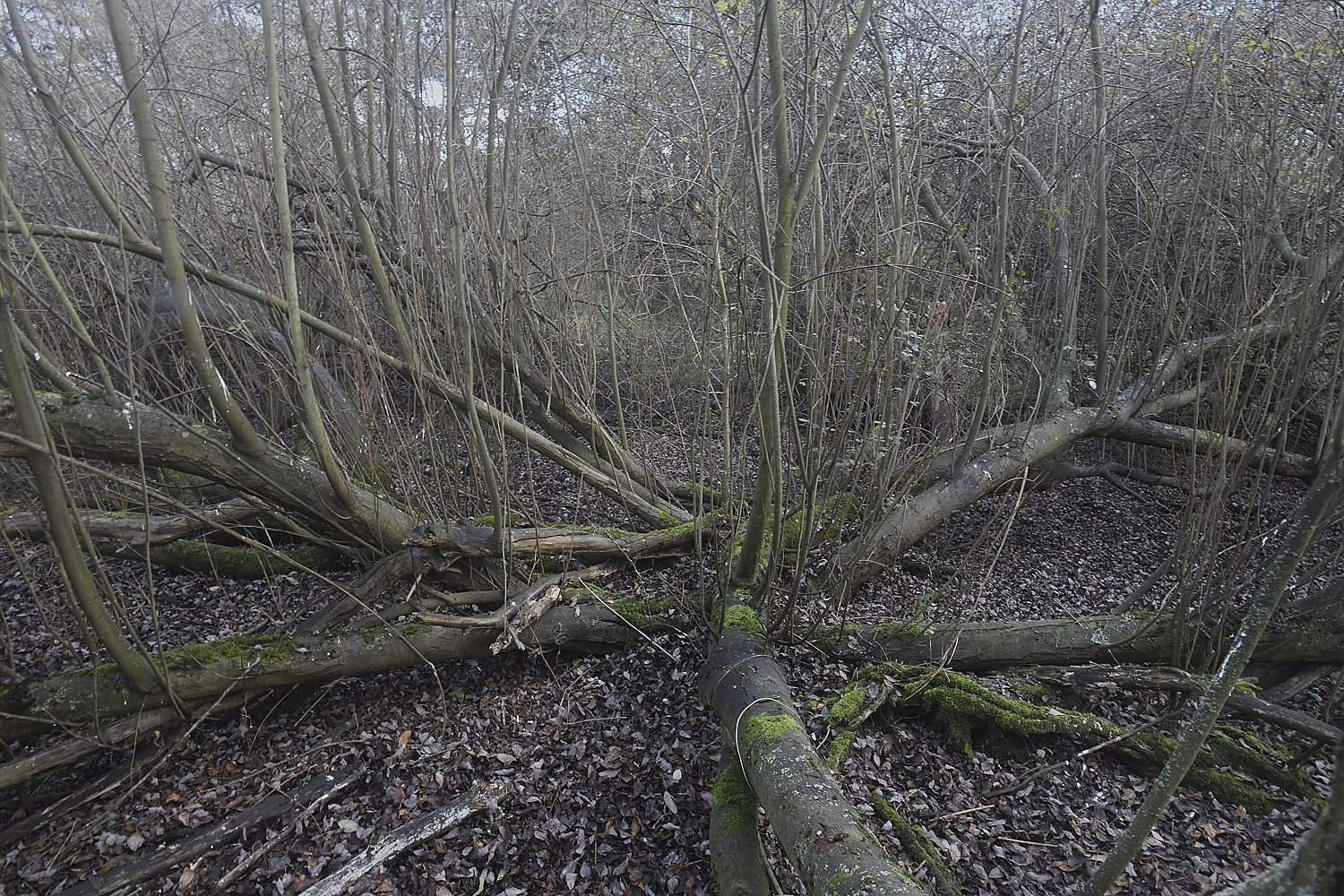
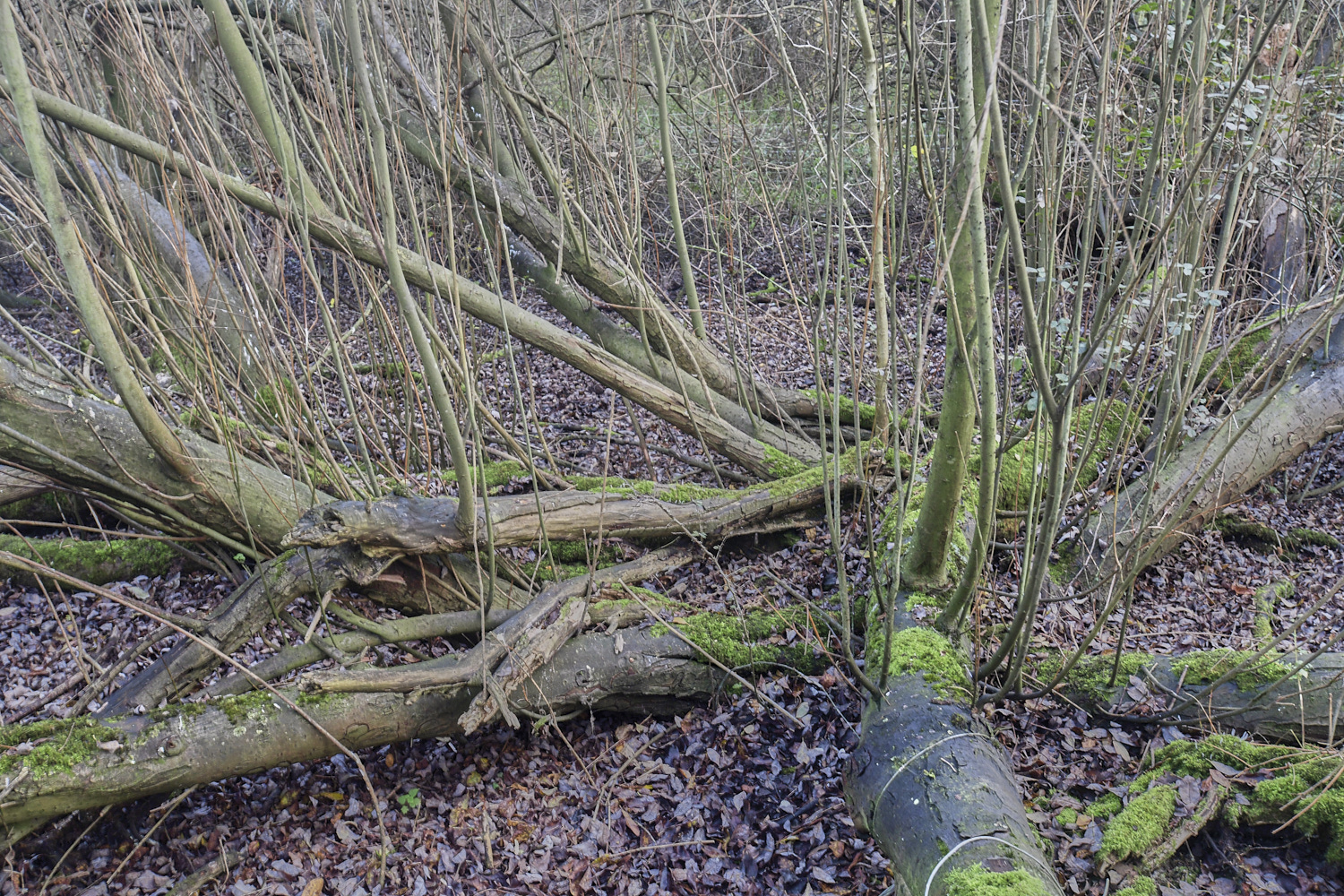
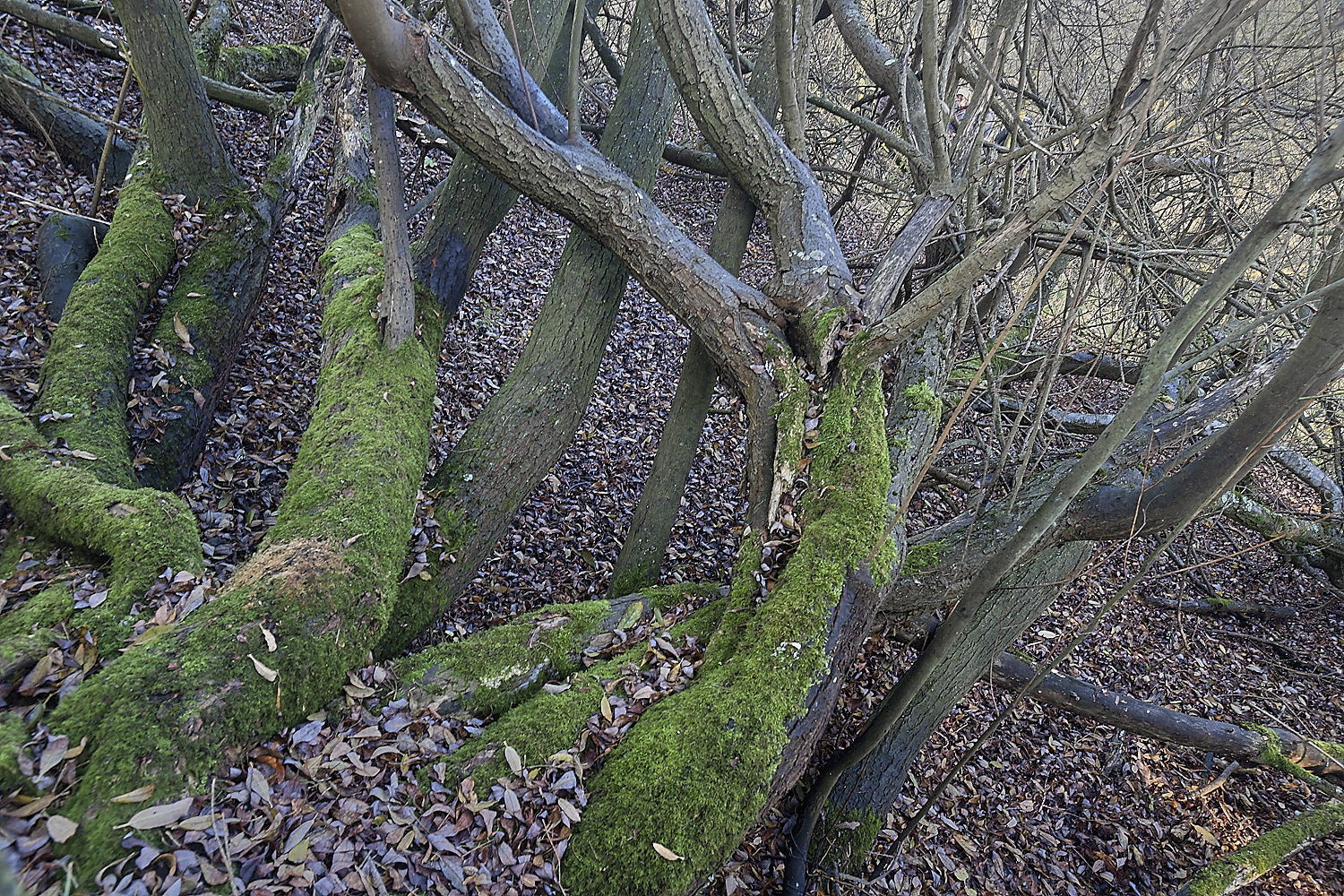
One or two of the old Sallows had good collections pf epiphytes.
Including
Wood Bristle-moss, Lateral Cryphaea, Dilated Scalewort, Minute Pouncewort & Syntrichia papillosa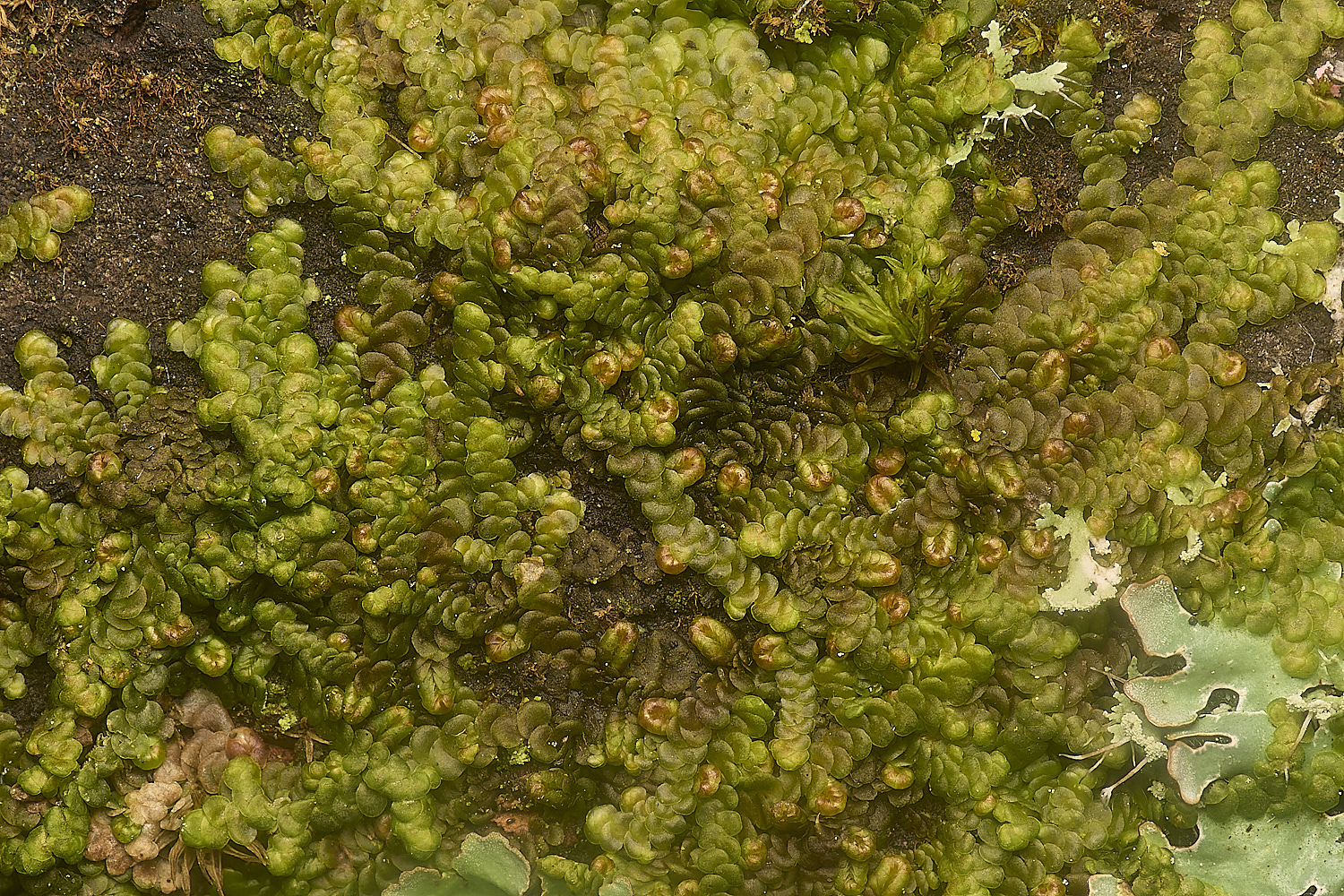
Dilated Scalewort (Frullenia dilatata)

Wood Bristle-moss (Lewinskya affine) growing around the Hawthorn ( Crataegus monogyna) branches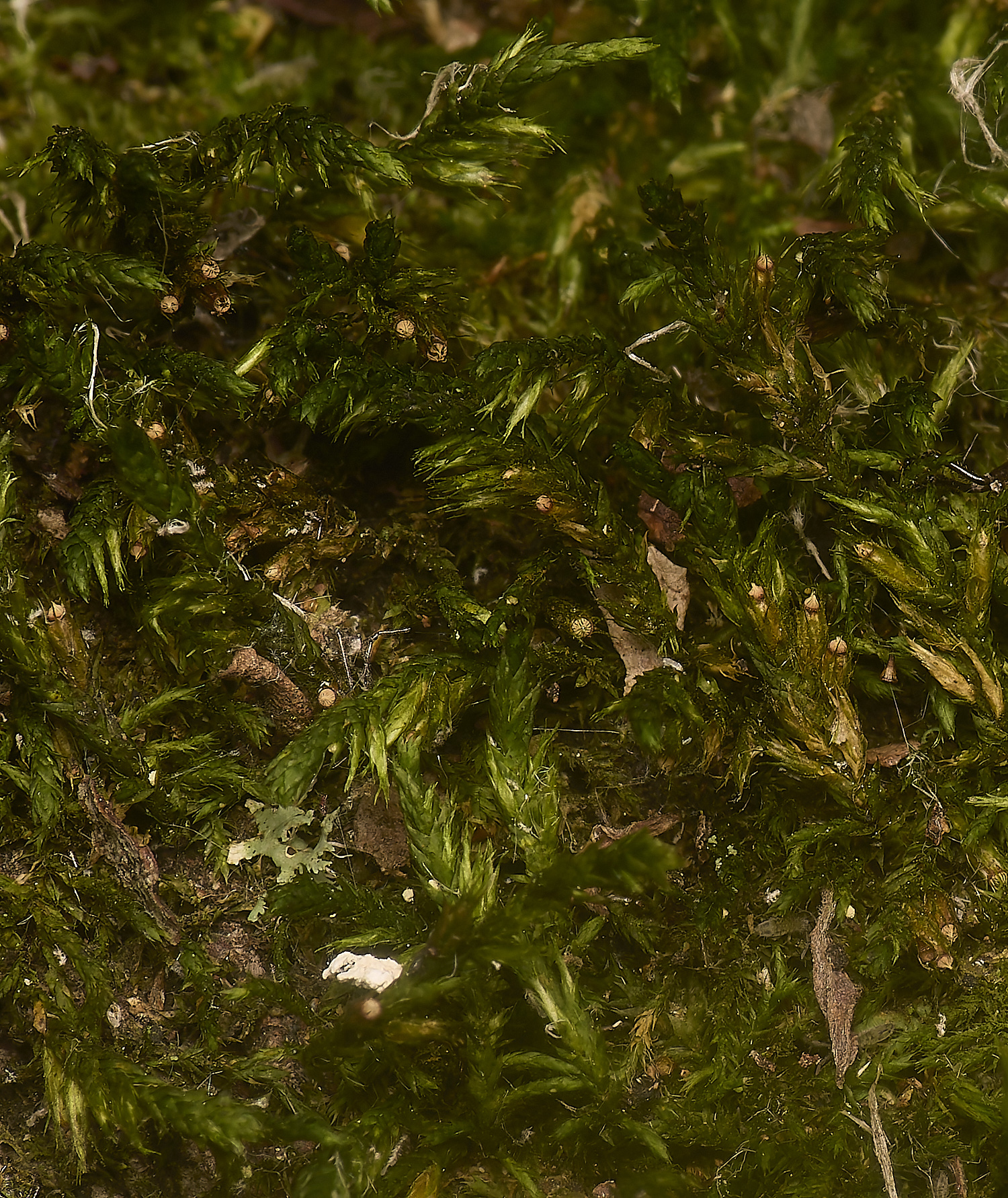
Lateral Cryphaea (Cryphaea heteromalla)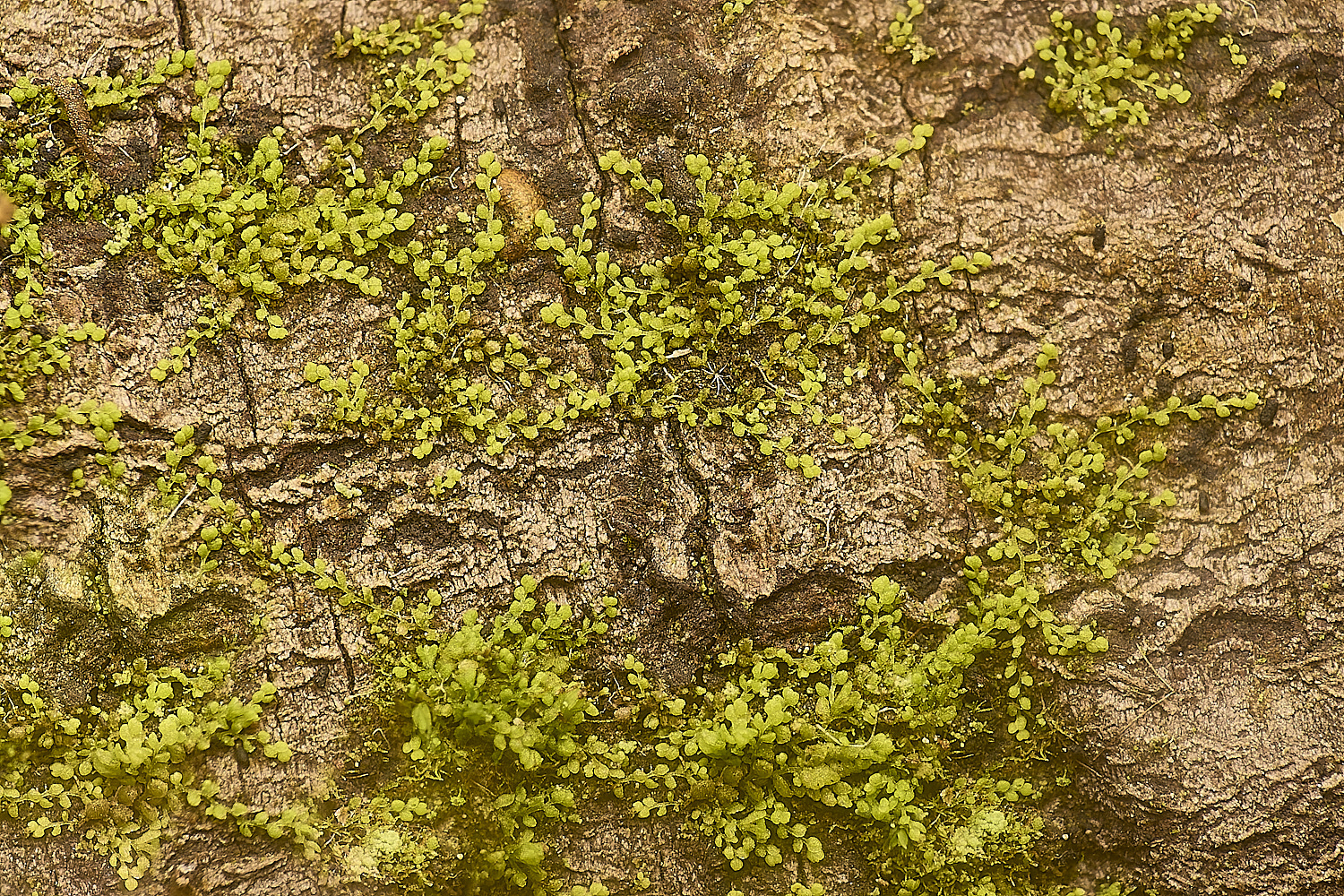
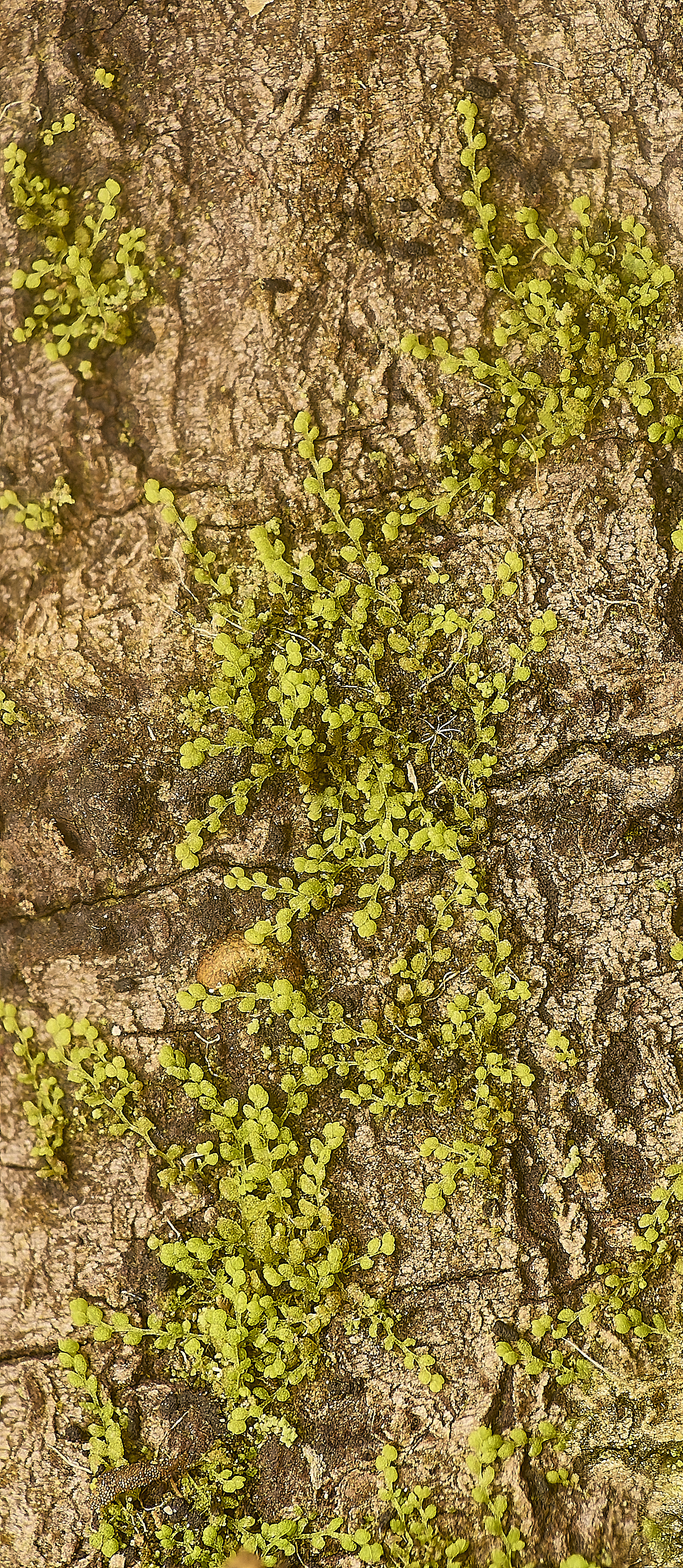
Minute Pouncewort (Myriocoleopsis minutissima)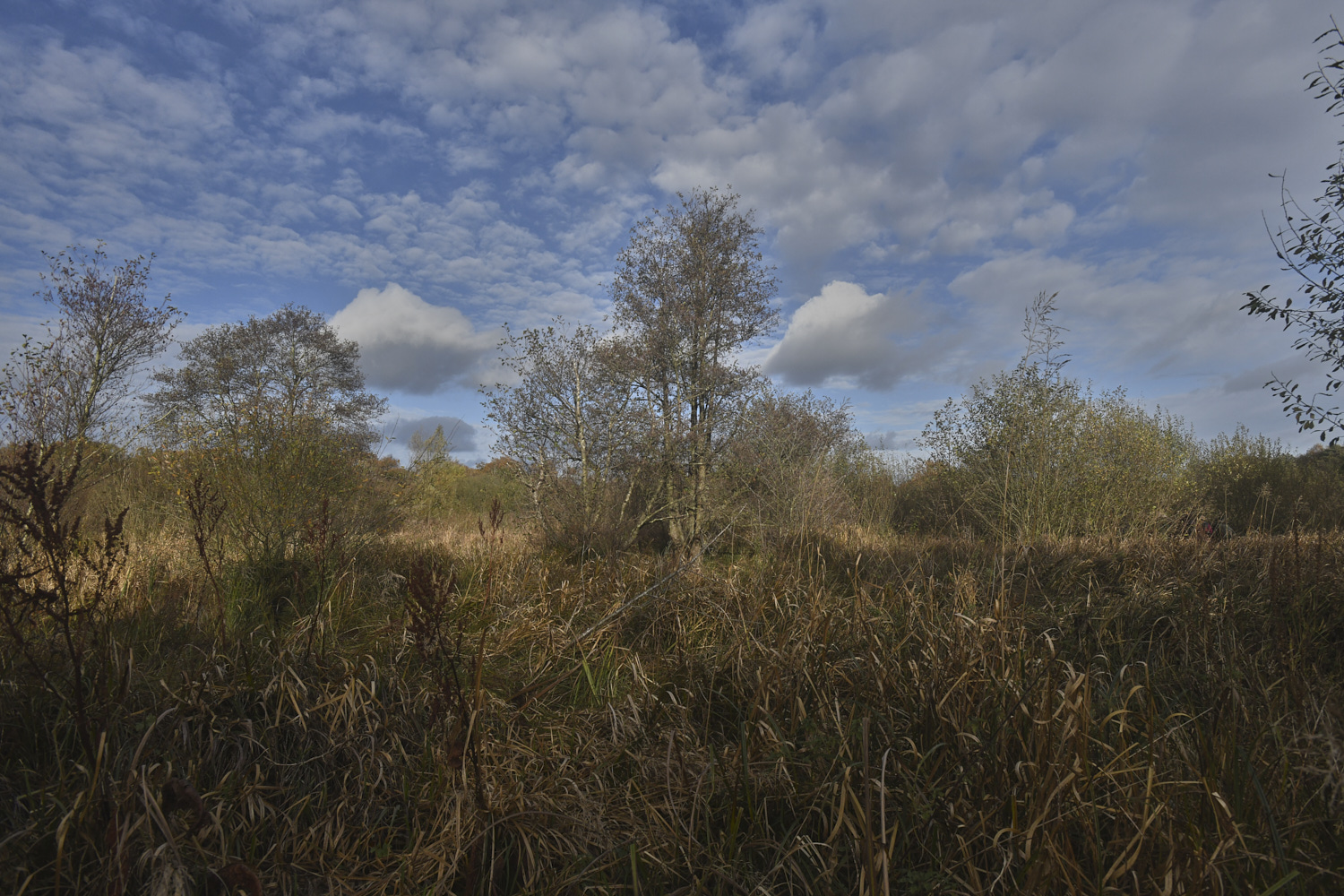
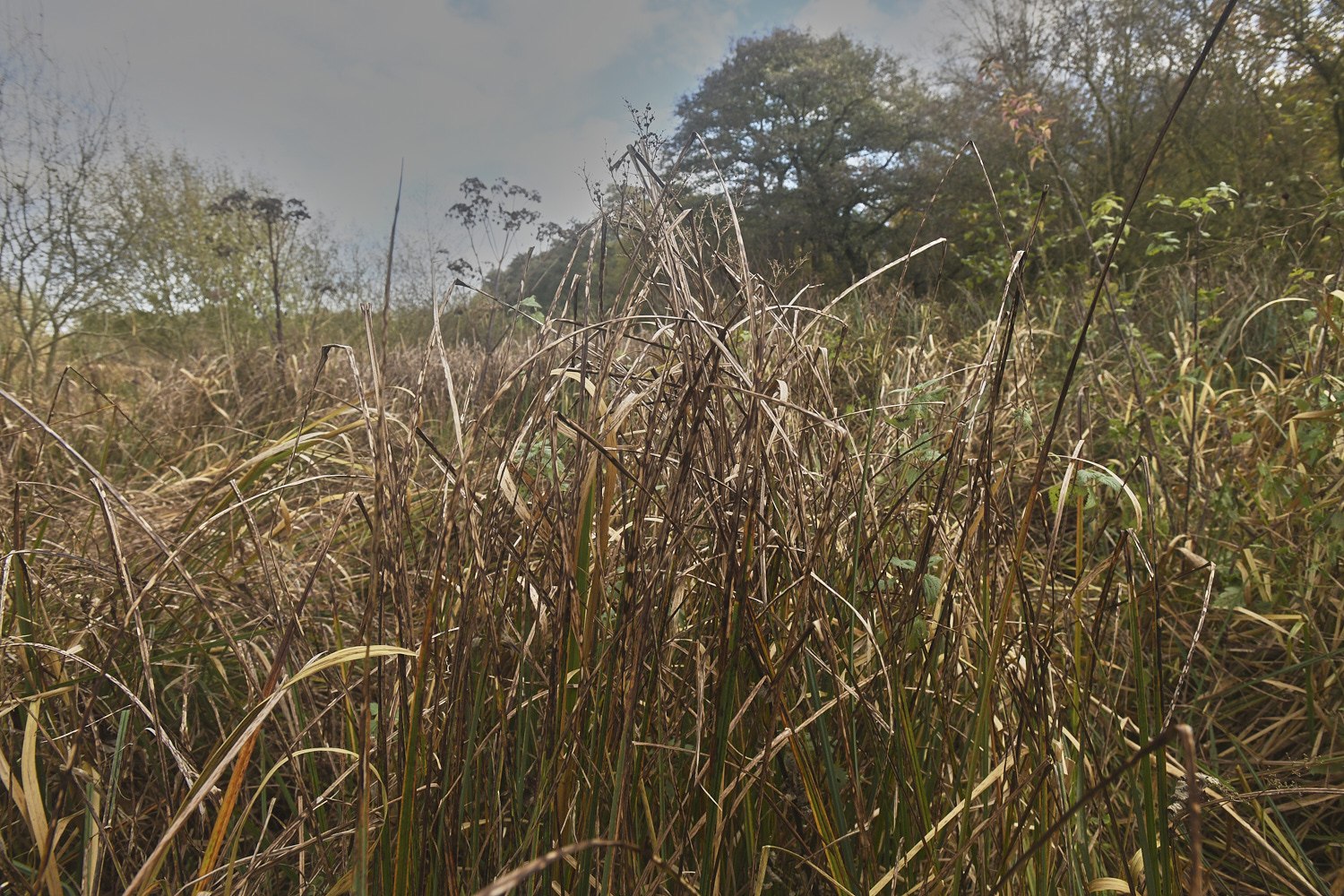
Lesser Pond Sedge (Carex acutiformis)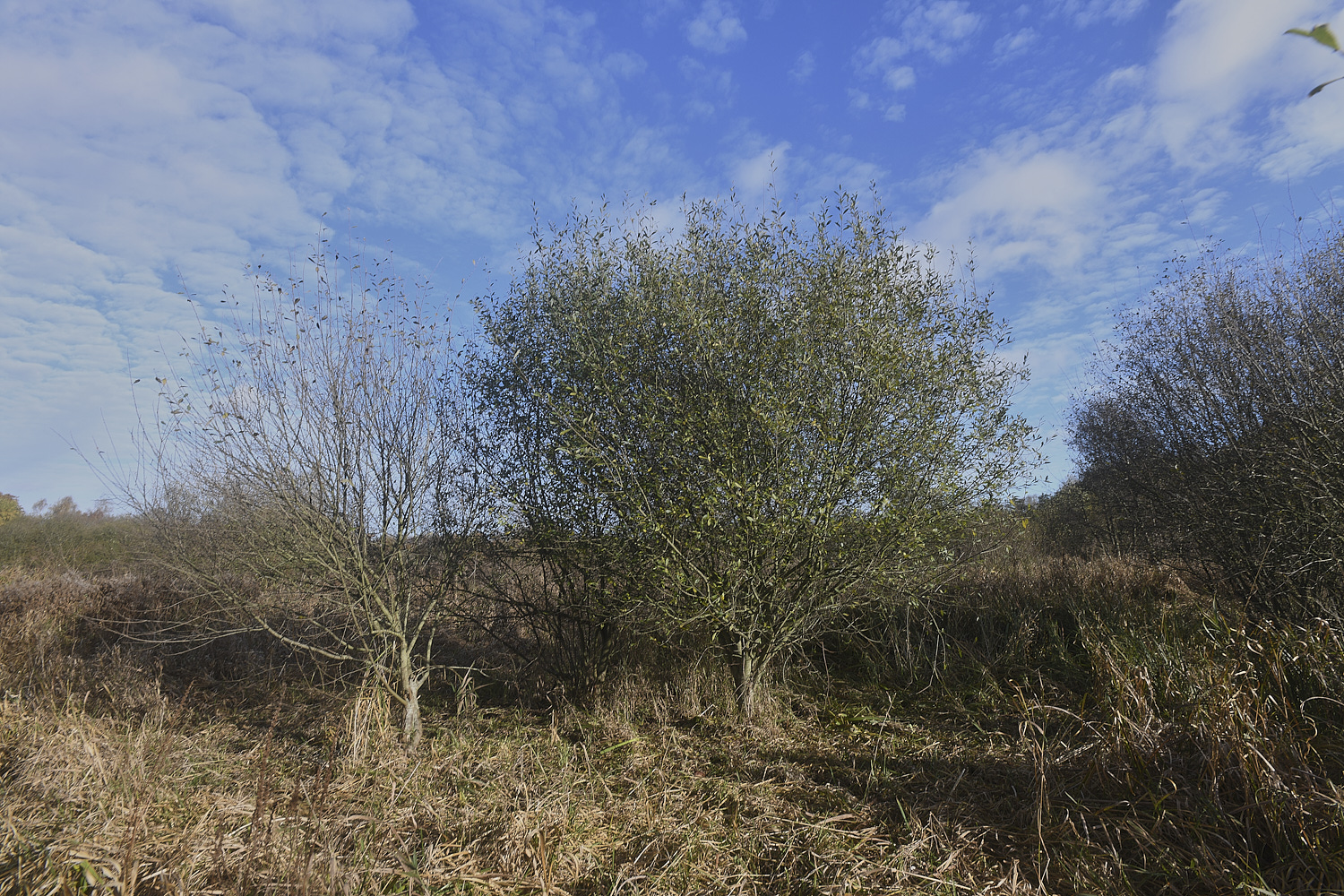
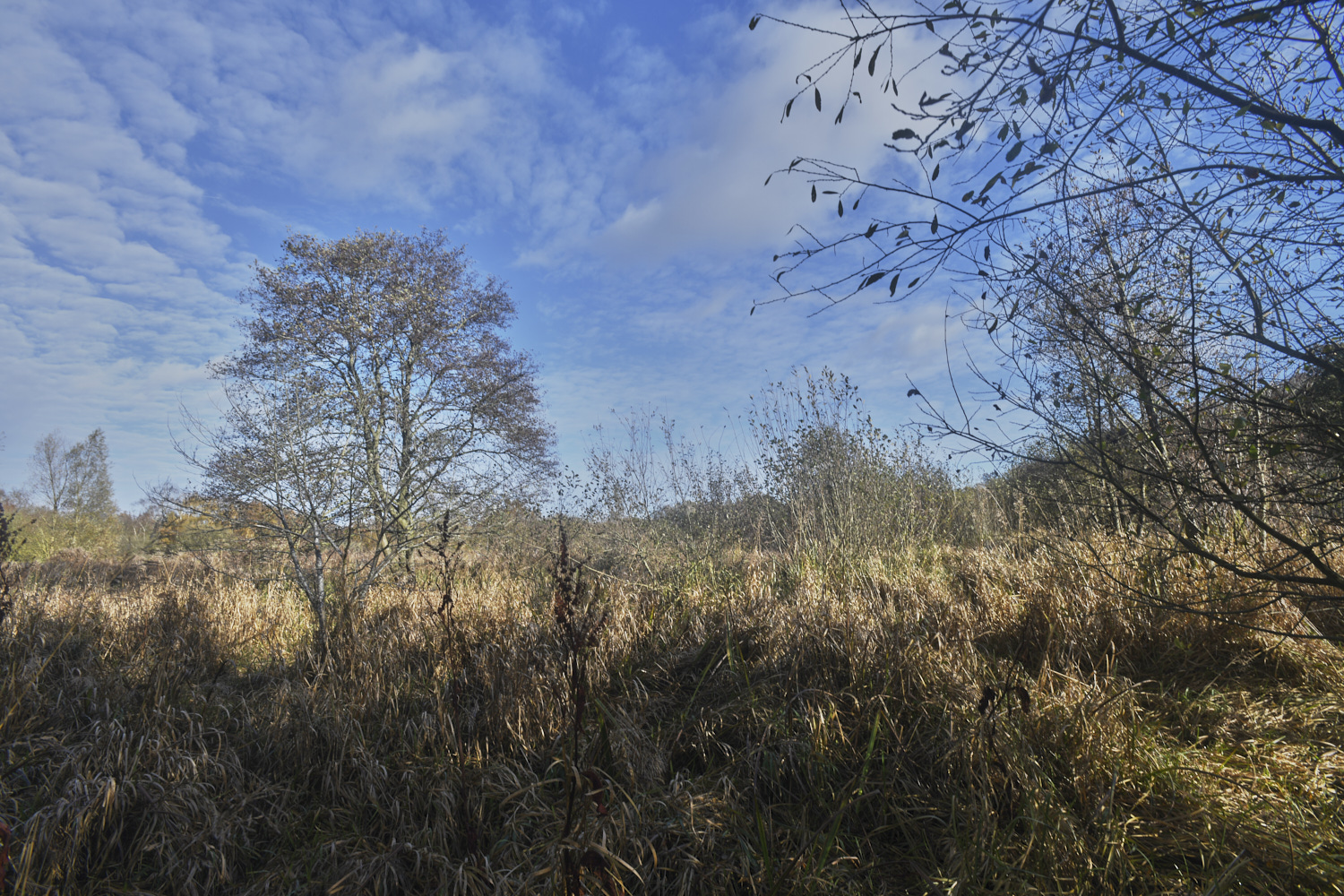
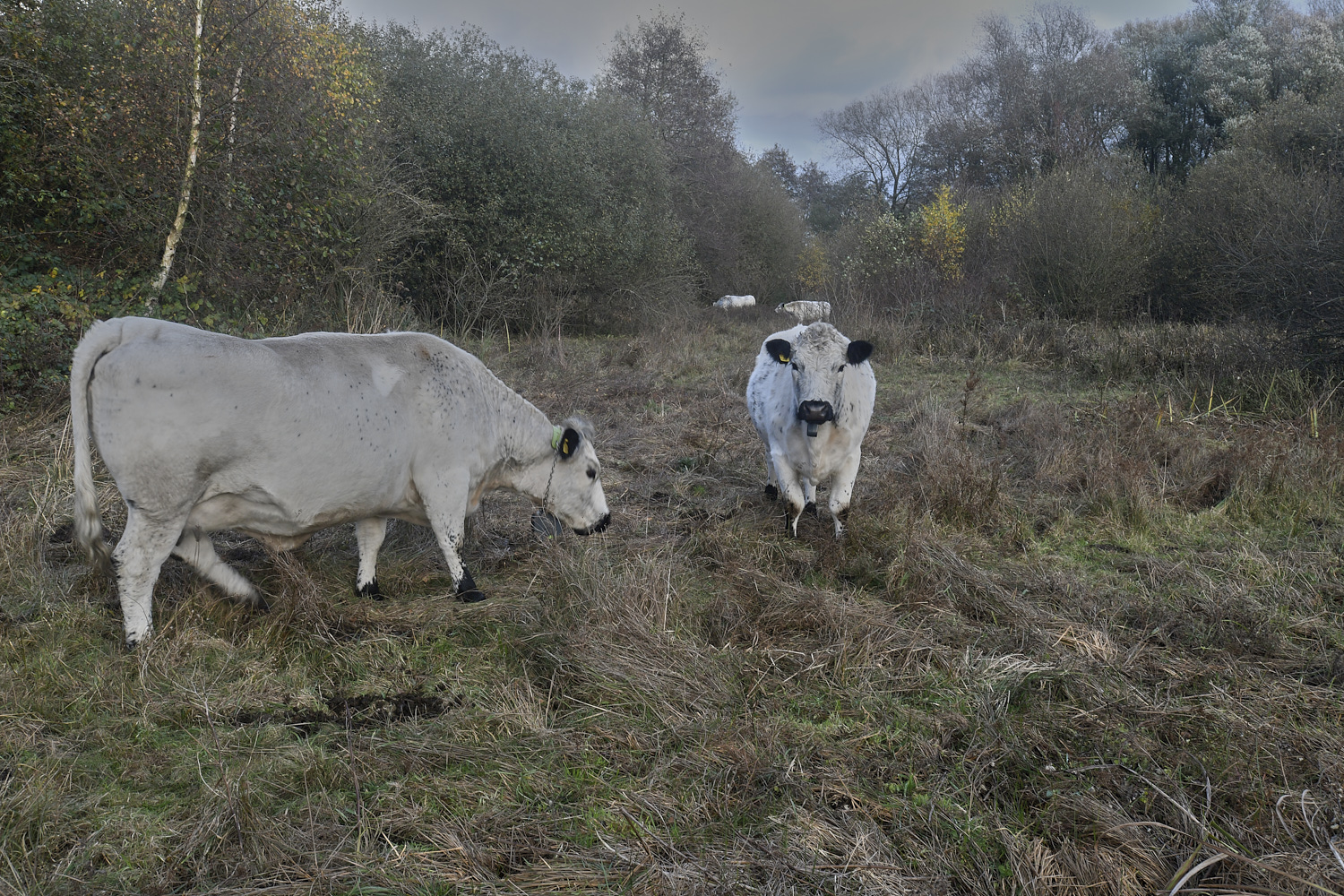
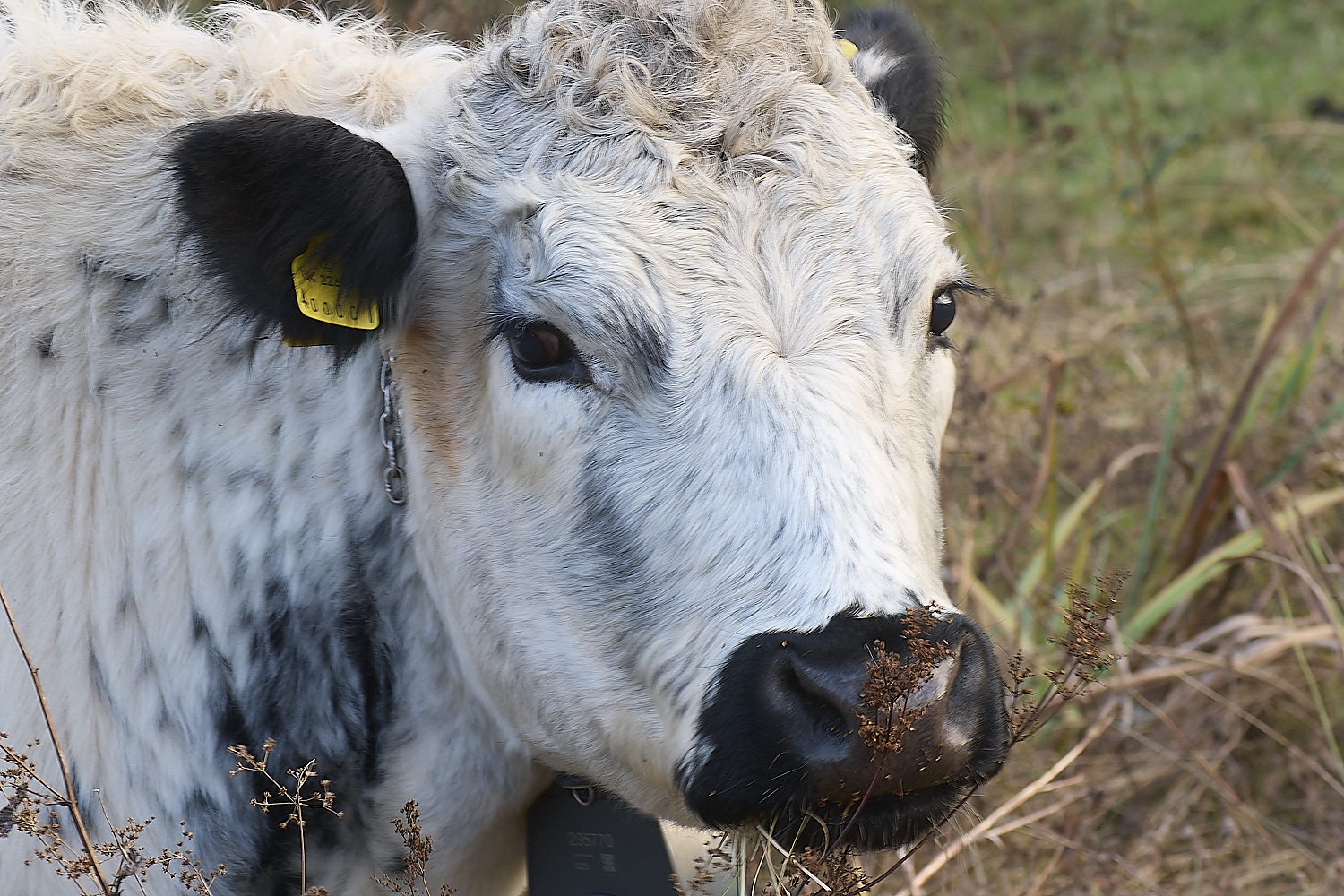
British White Cows working to create a more diverse environment. 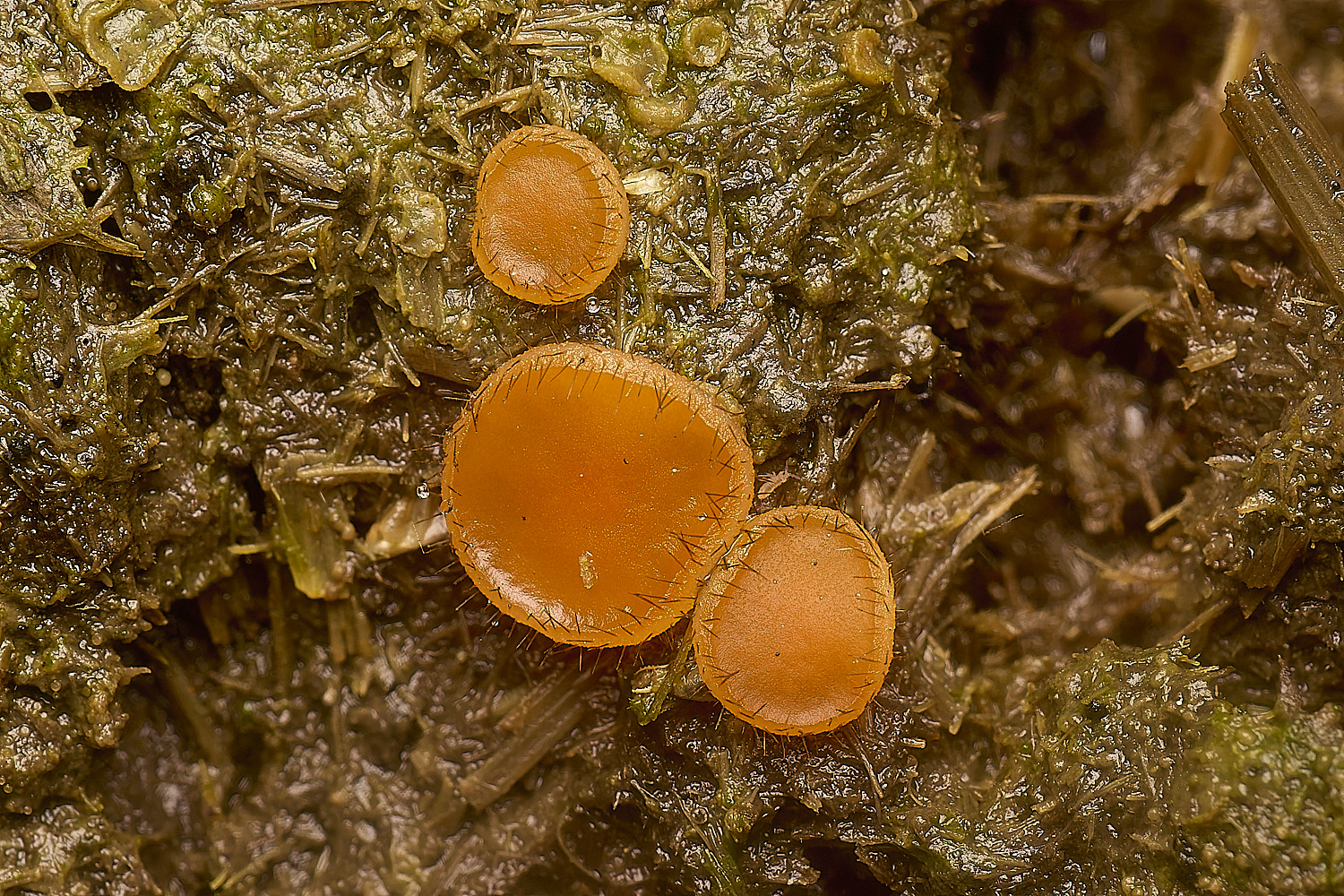
Cowpat Gem (Chelymenia granulata)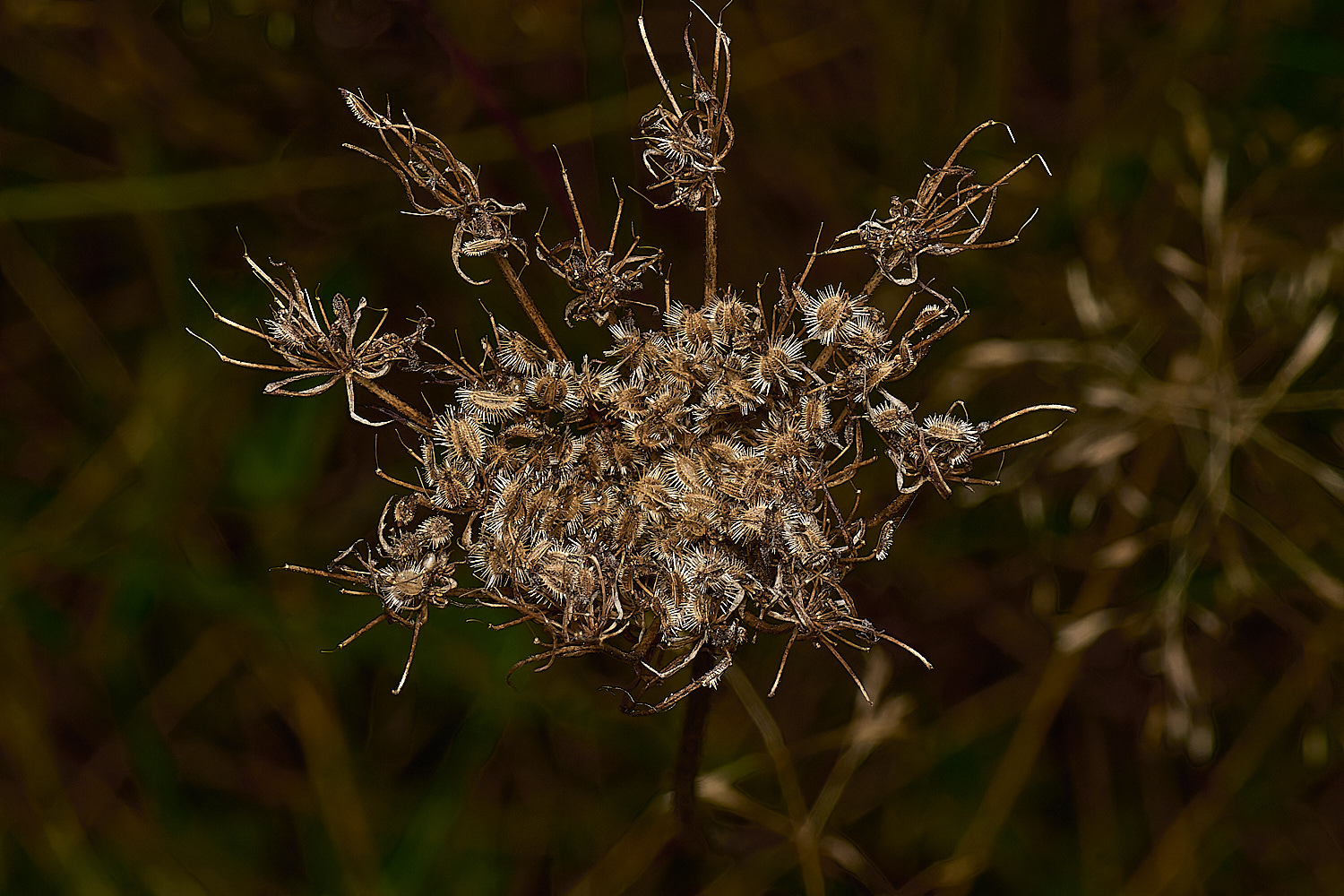
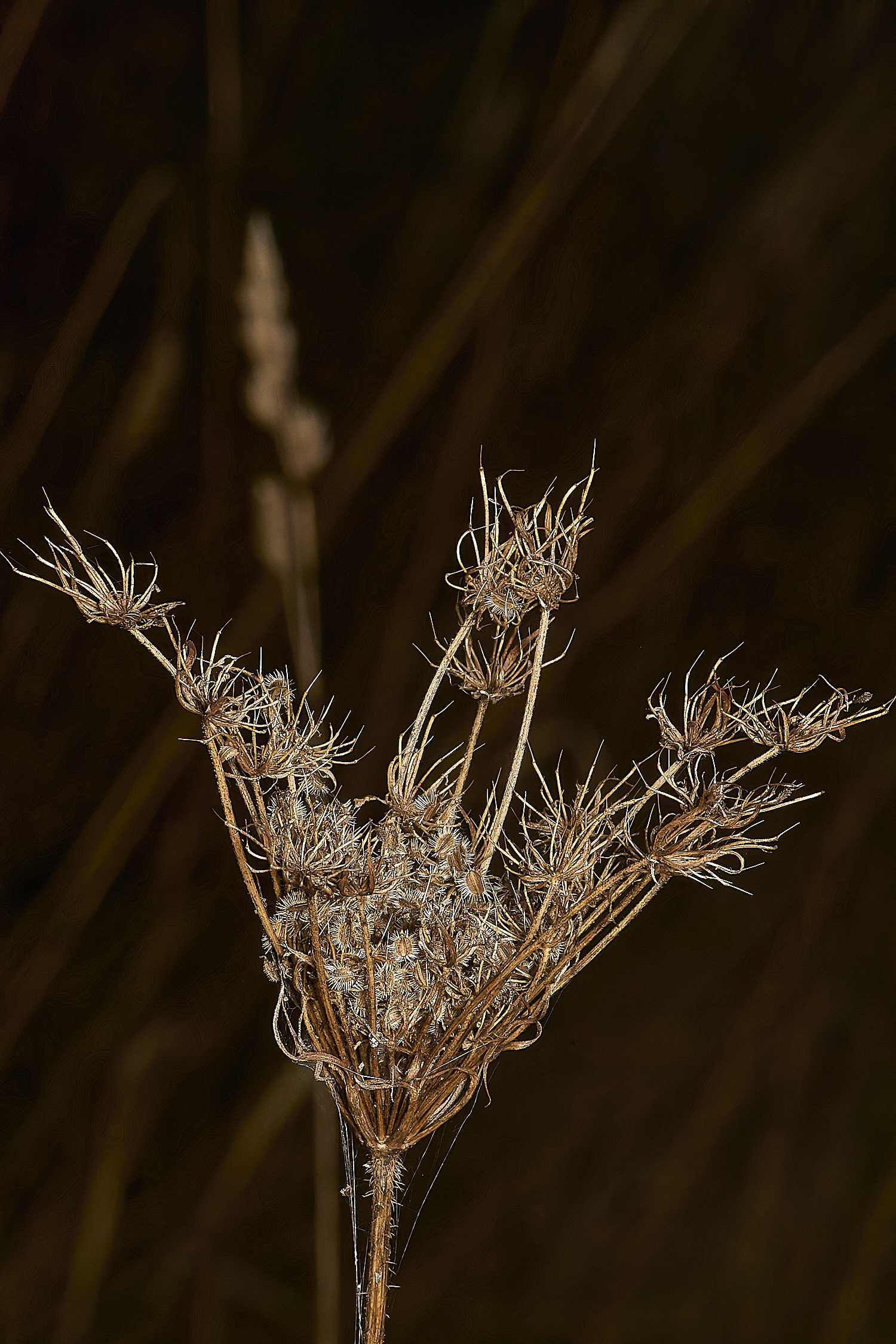
Wild Carrot (Daucus carota)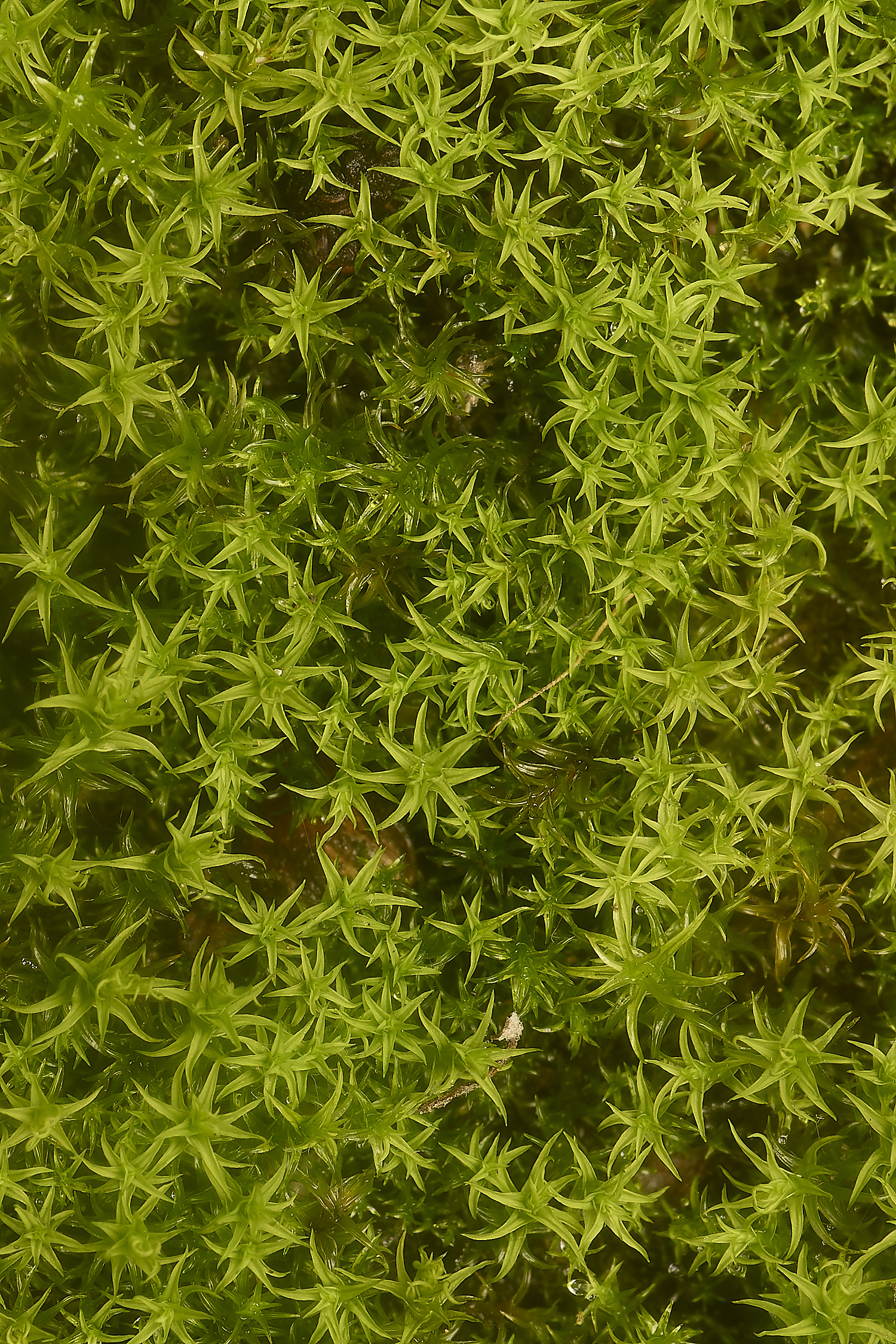
Cylindric Beard-moss (Didymodon insulanus)
&
dried
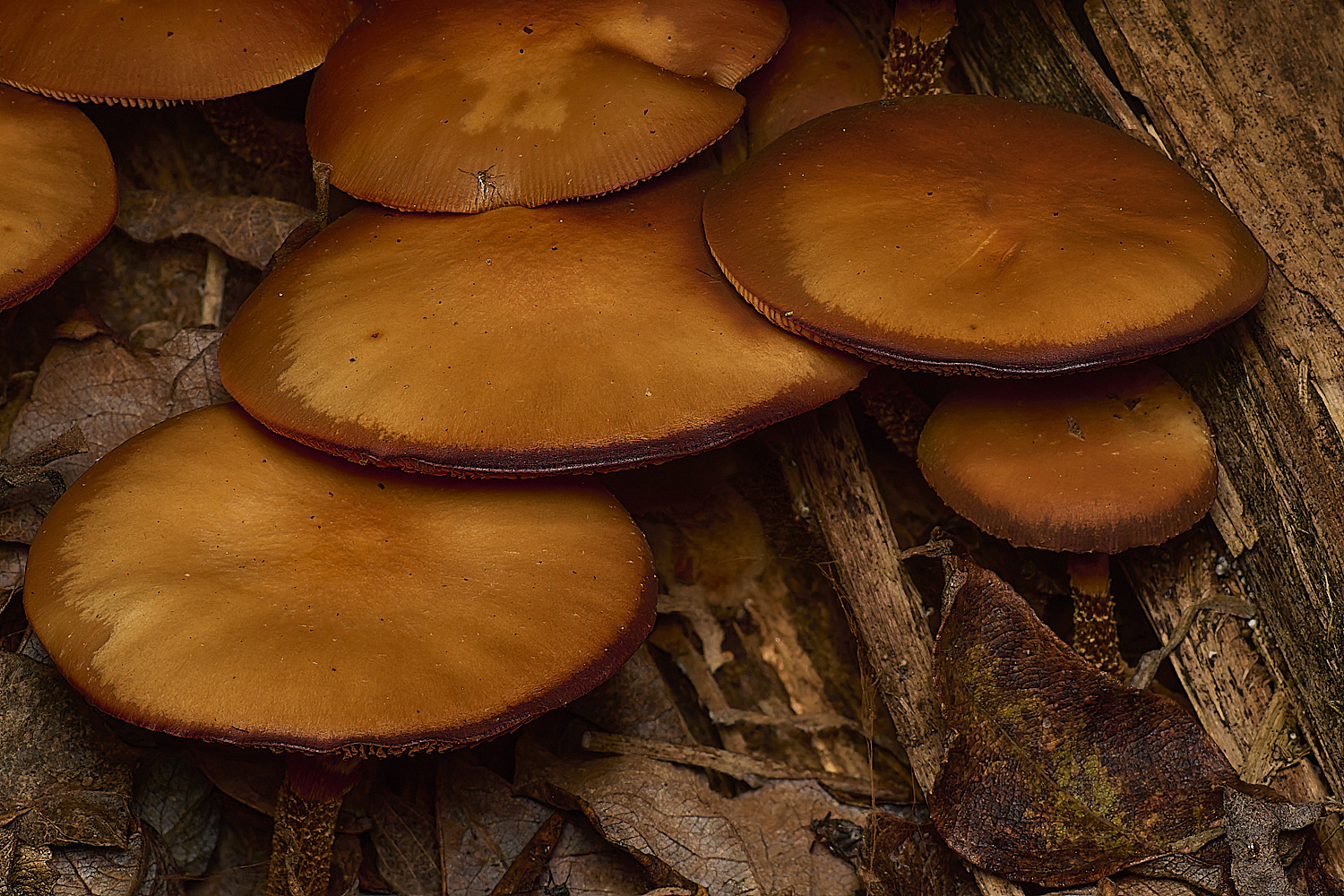
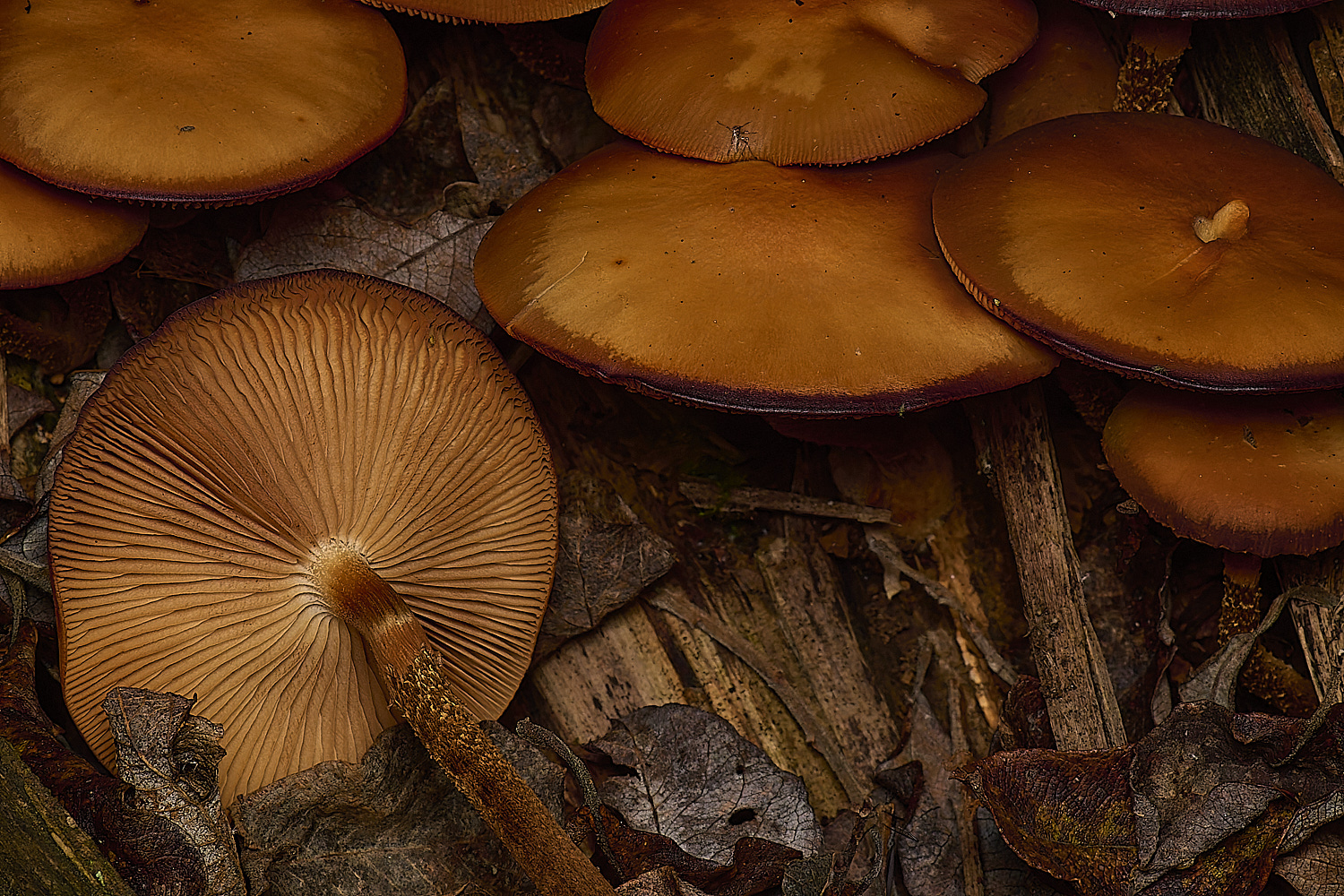

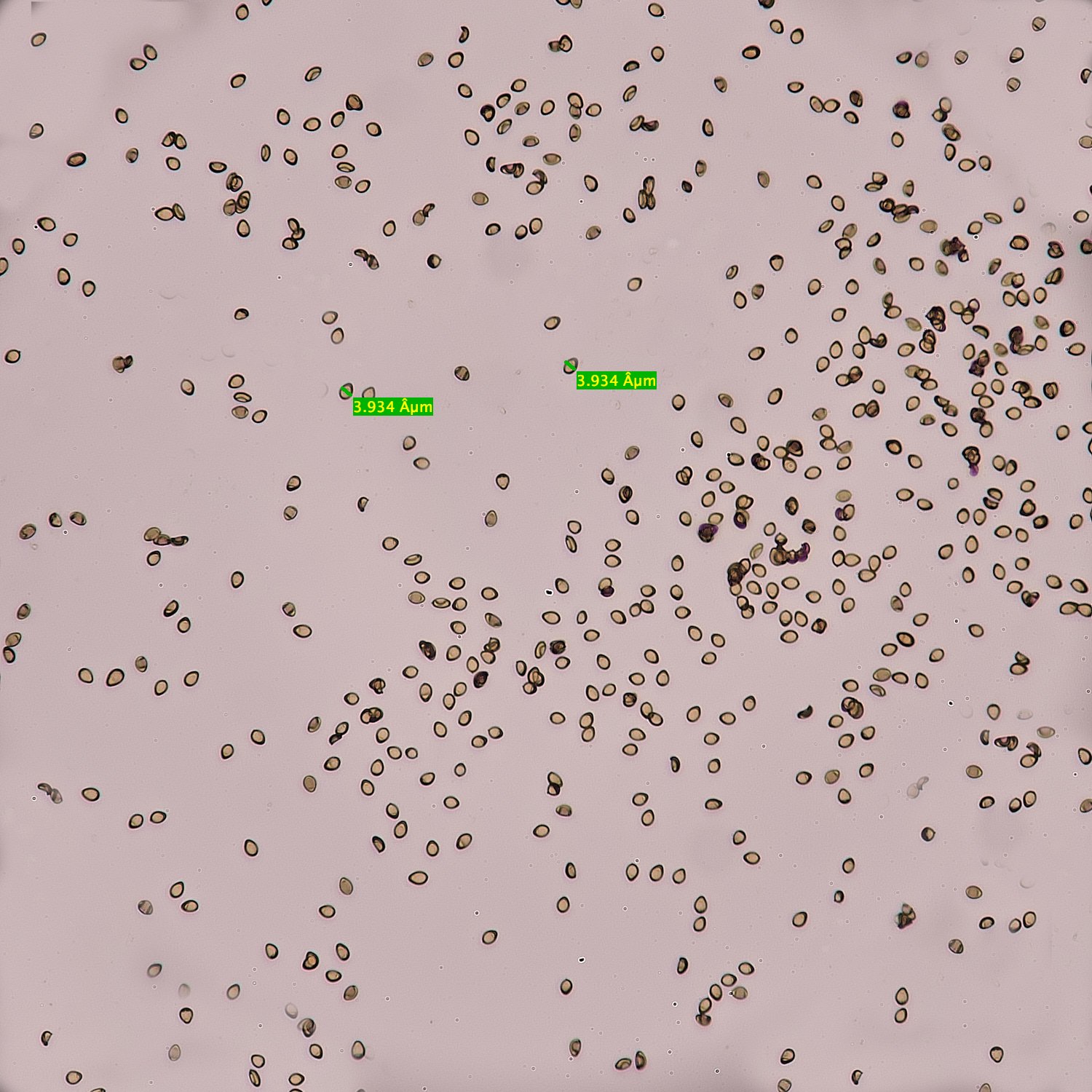
Fungus Sp?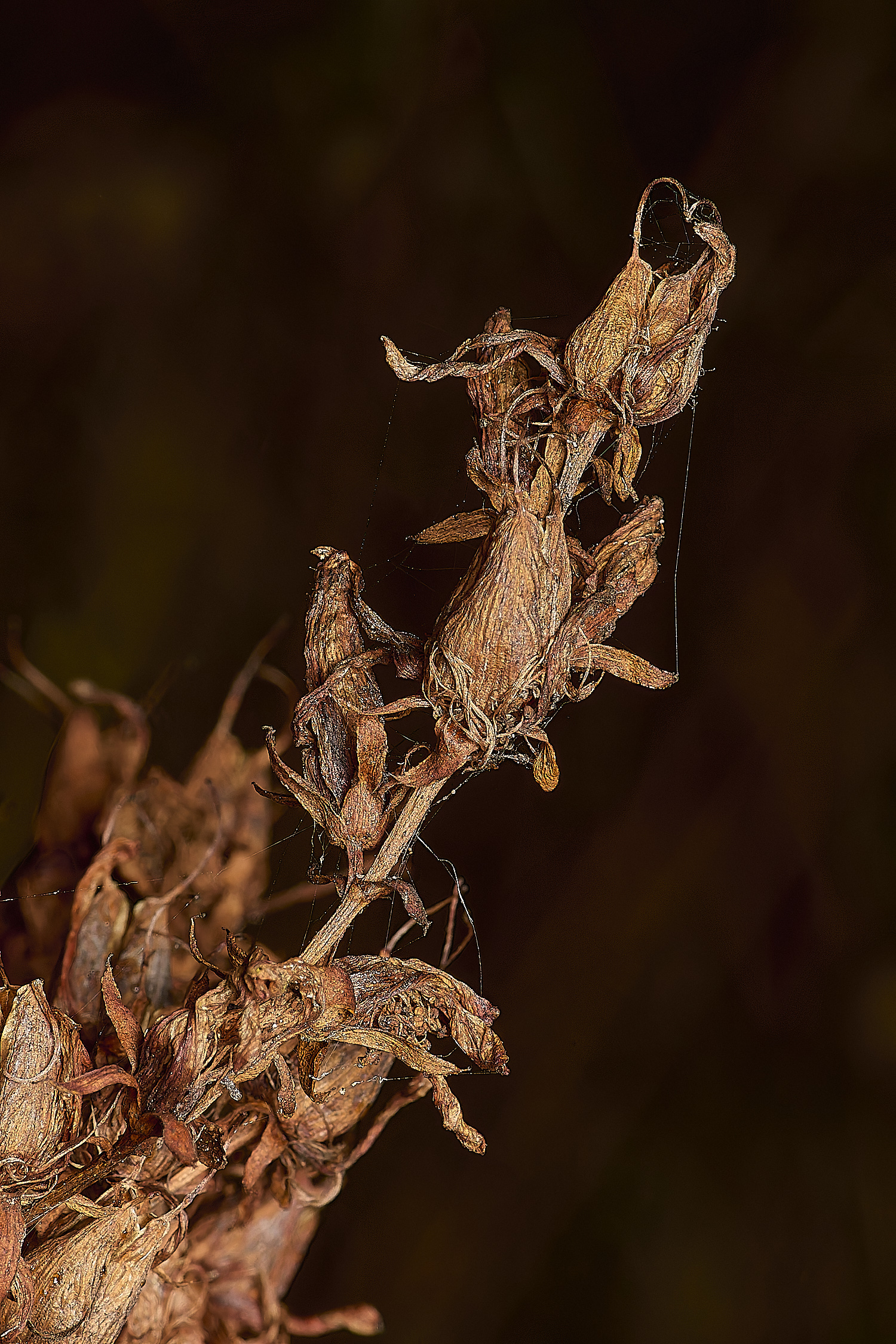
Perforate St John's Wort (Hypericum perforatum)
Common Knapweed ( Centaurea nigra)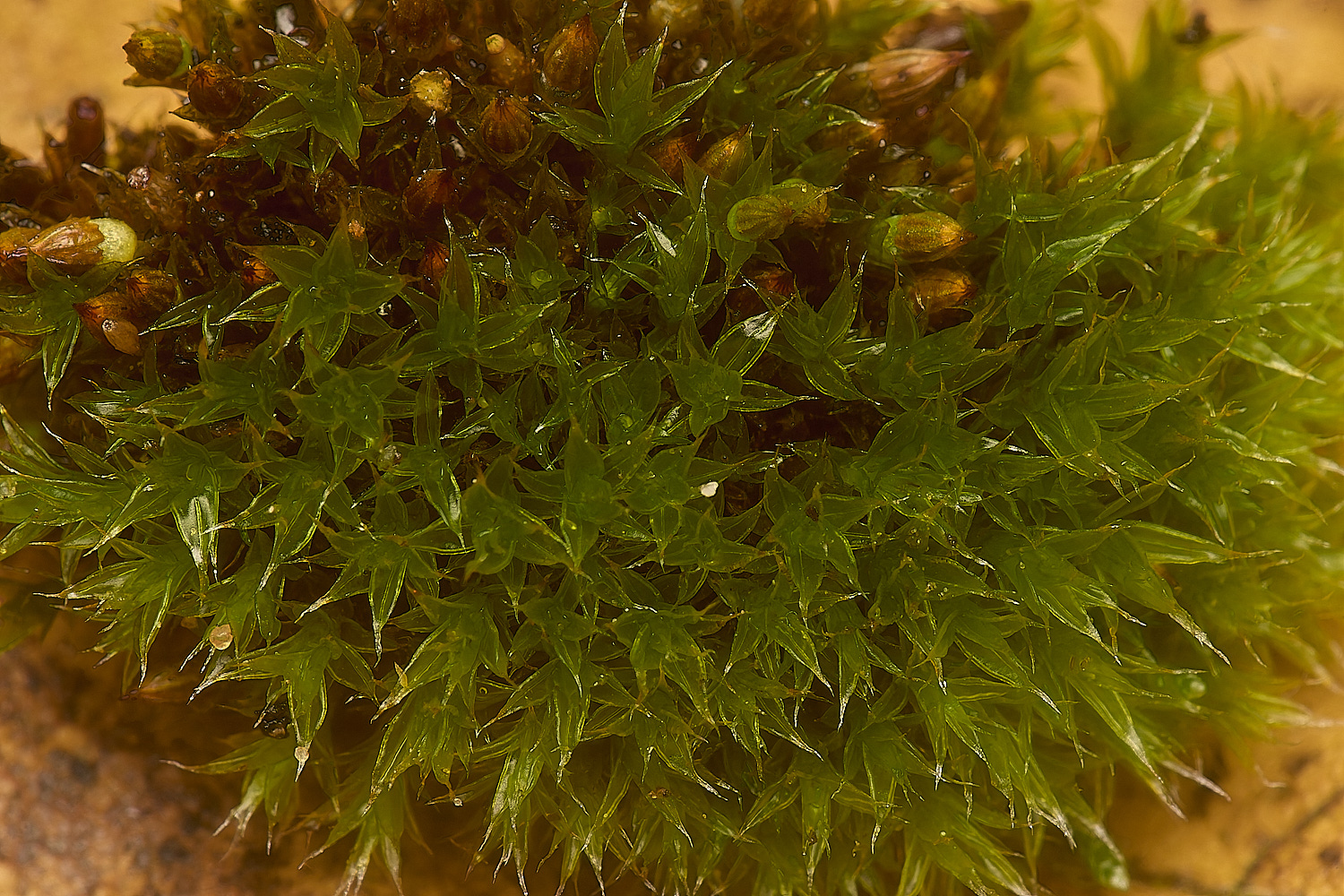
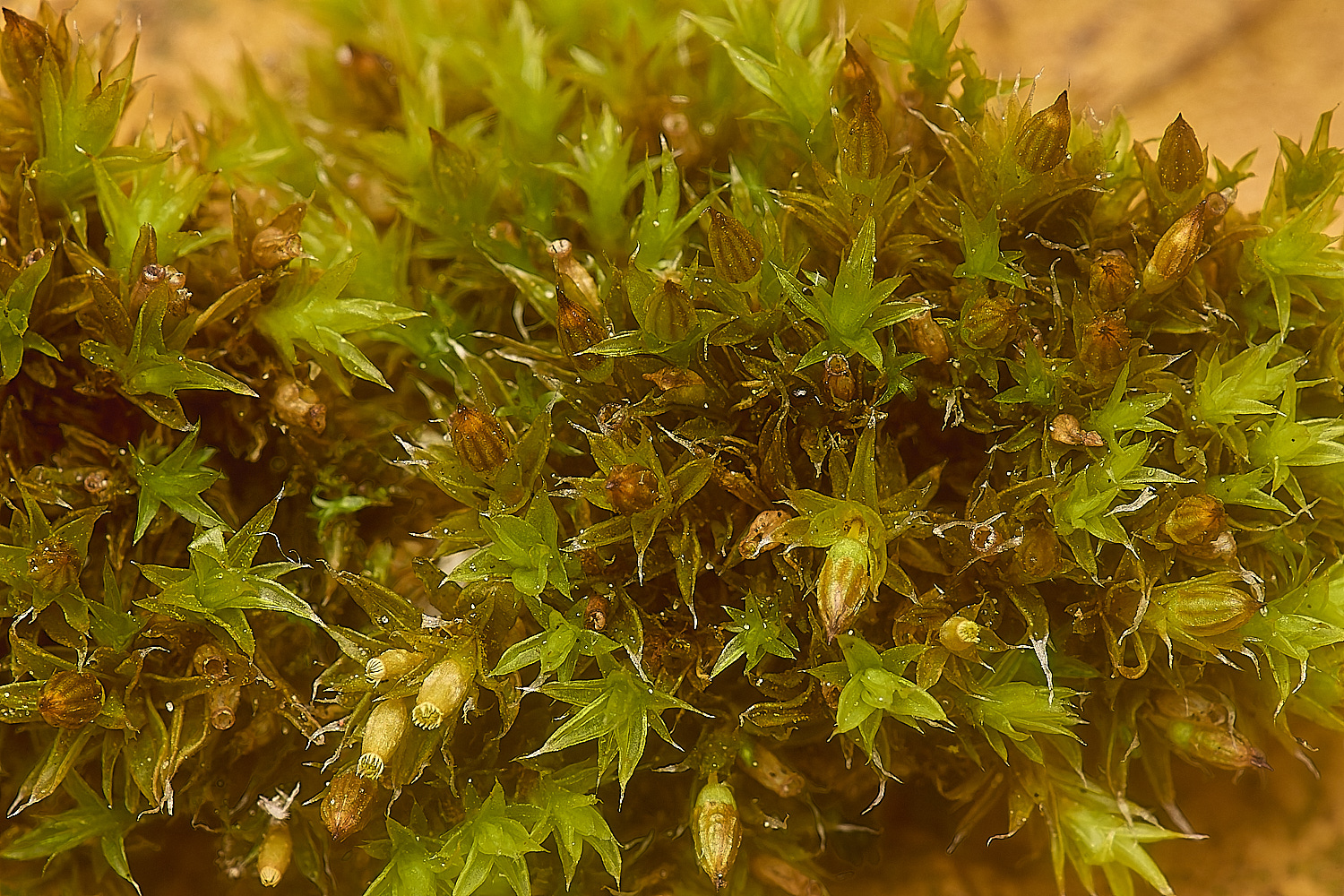
White-tipped Bristle-moss (Orthotrichum diaphanum)
The white tips at the end of the leaves give this one away. Grows on tress and stone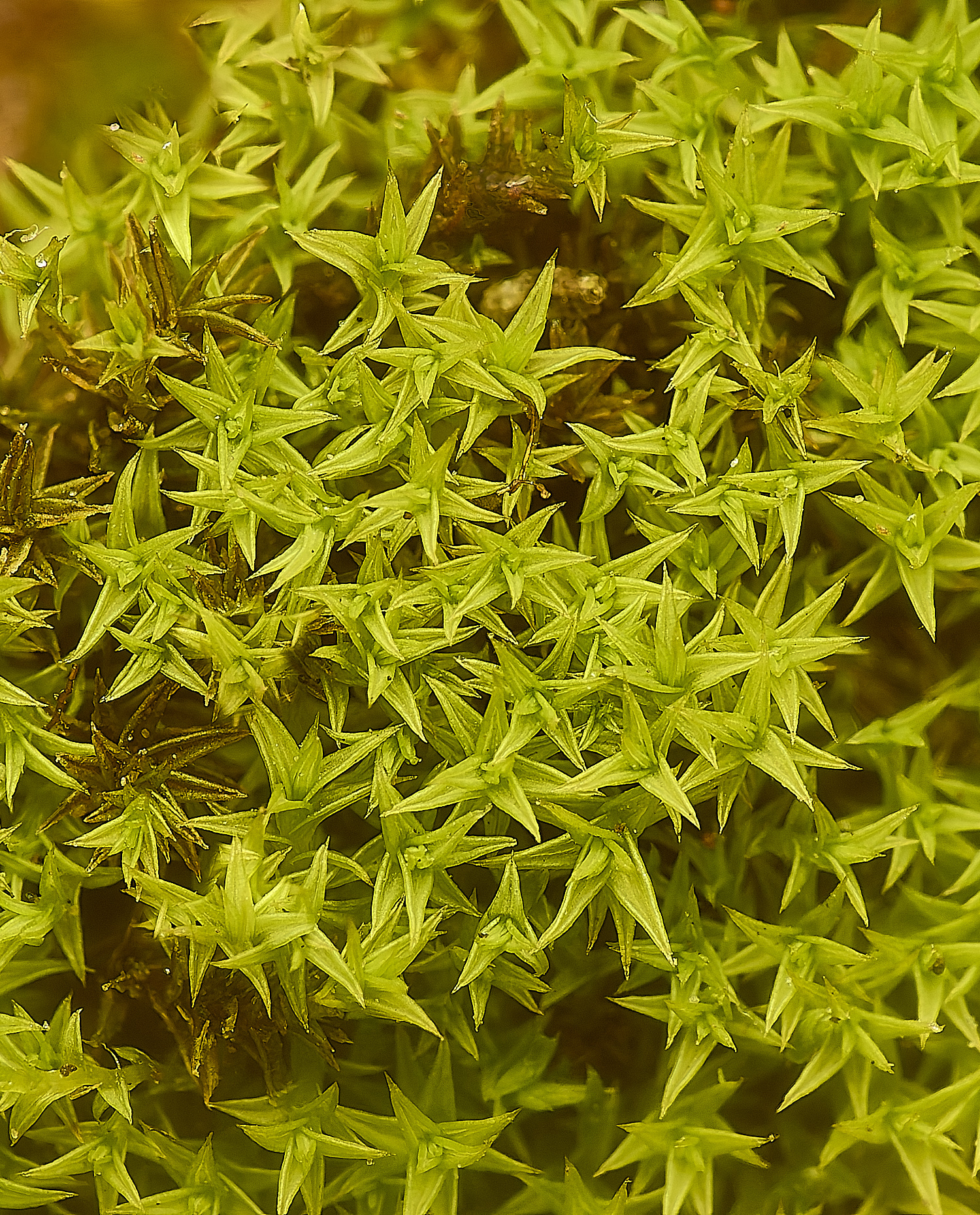
A small moss with a big name.
Hornschuch's Beard-moss (Pseudocrossidium hornschuchianum)
Named after a German bryologist Christian Friedrich Hornschuch 1793- 1850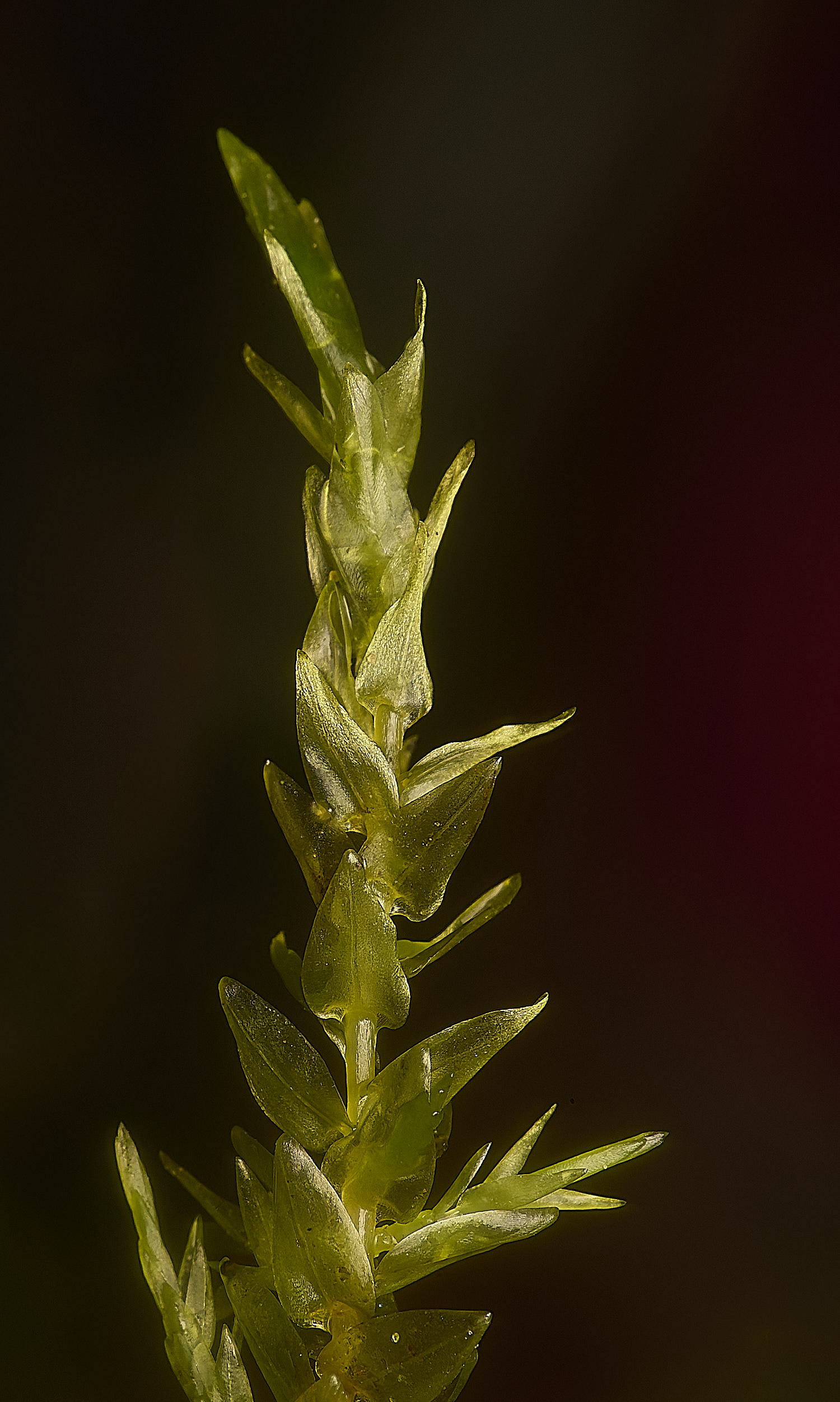
Lots of this moss in the wet grassland.
Heart-leaved Spear-moss (Calliergon cordifolium)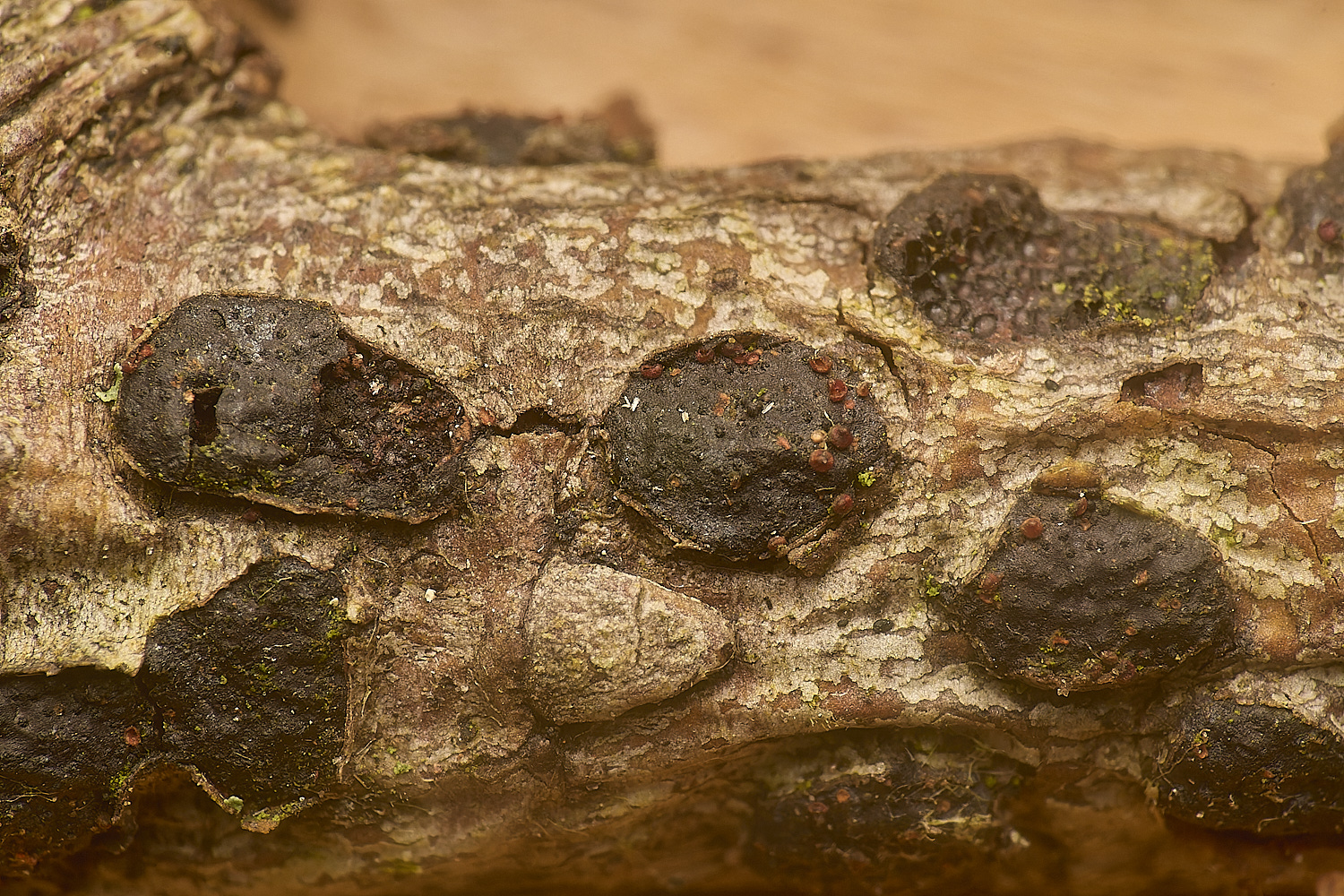
Dialonectria daitrypicola on Diatrype bullata on Sallow 
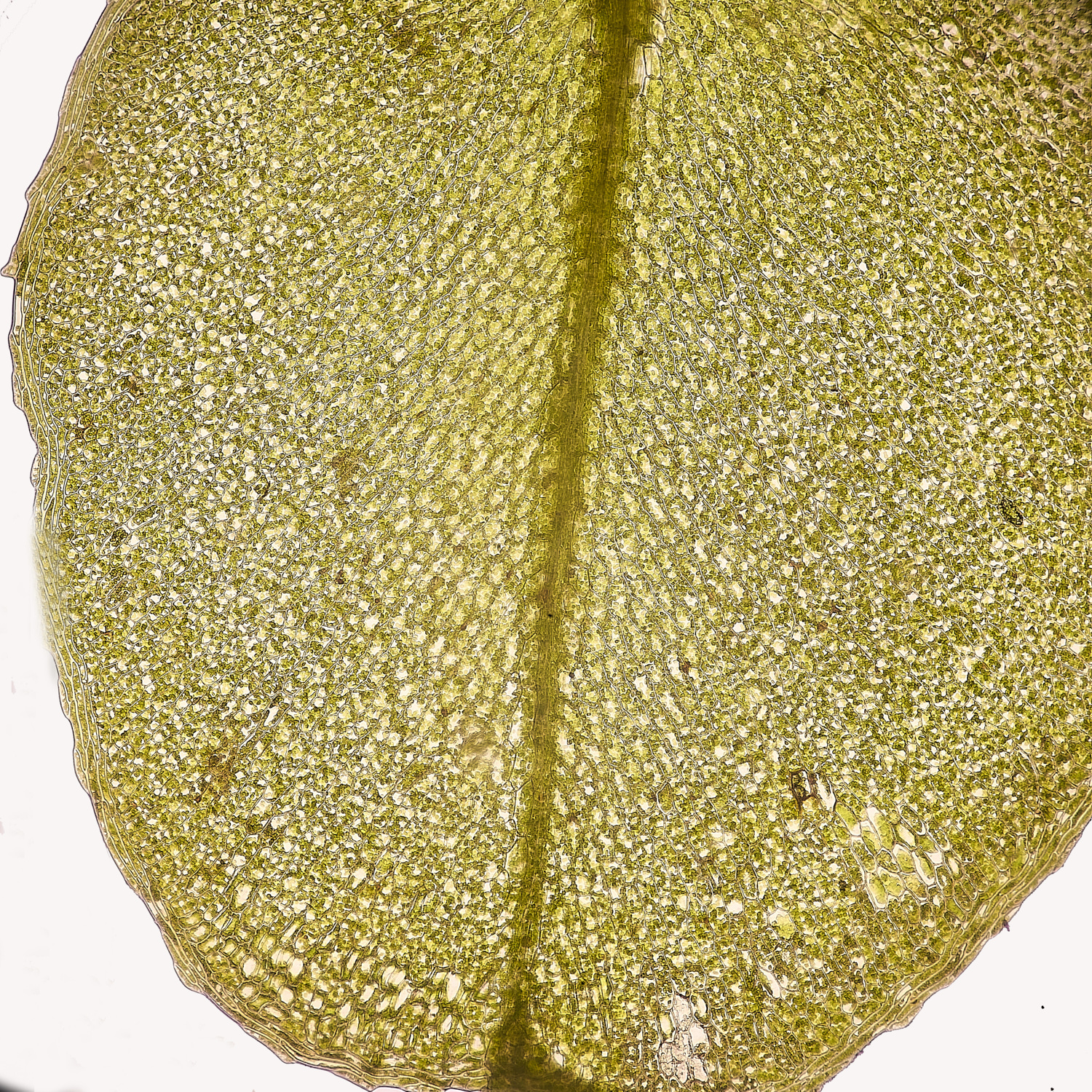
X100
MarshThyme-moss (Plagiomnium ellipticum)?
Cells in diagonal rows and the leaf base does not run down the stem.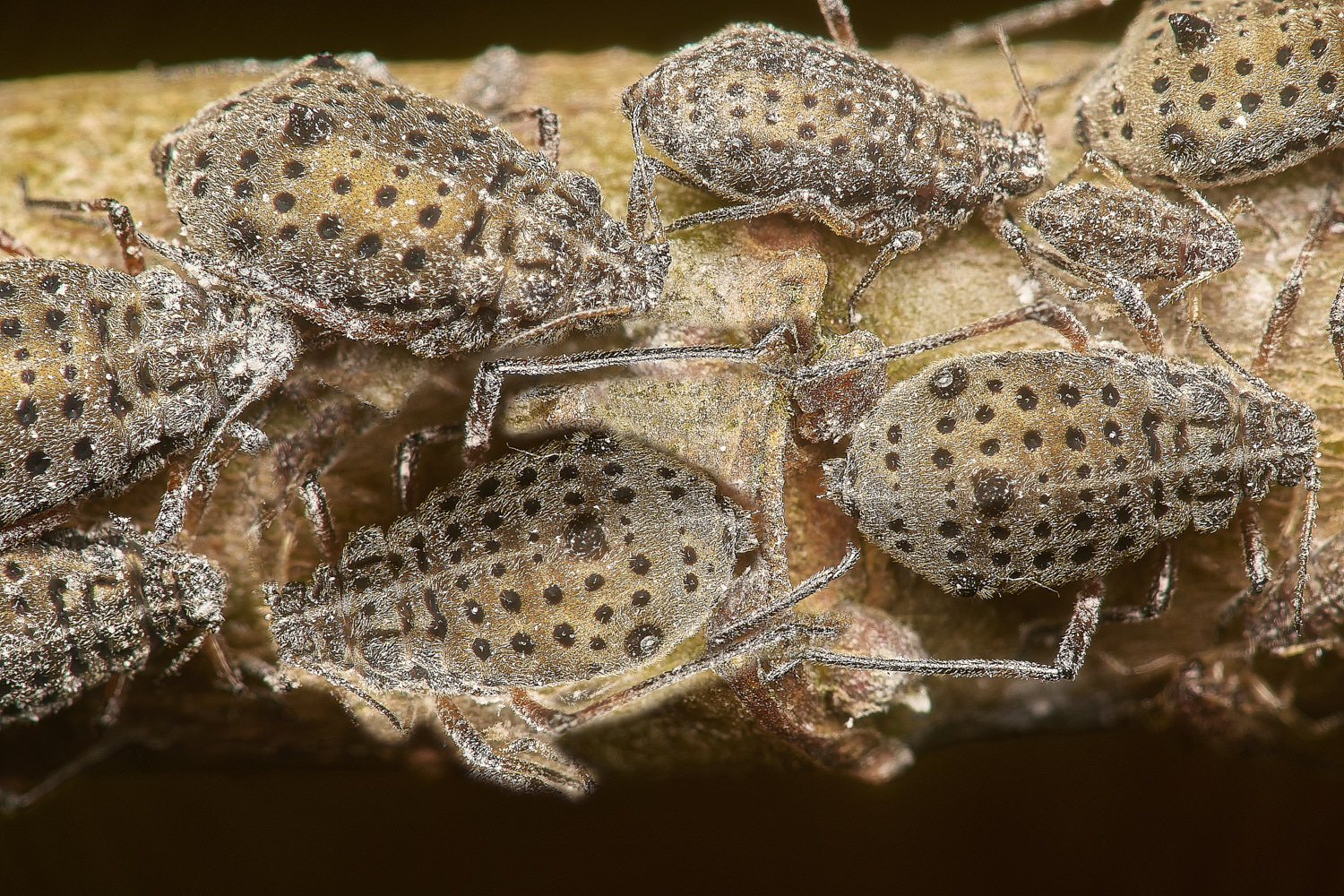
Large Willow Bark Aphid (Tuberolachnus salignus)
